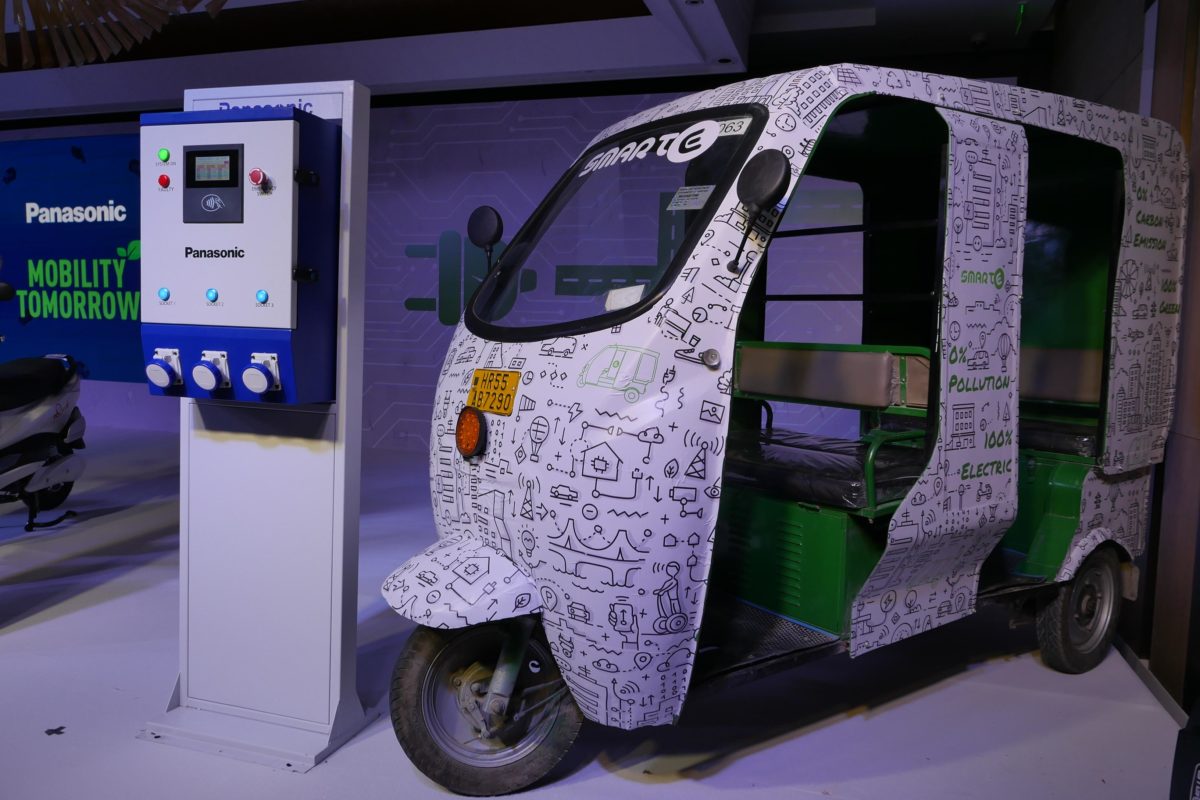Dezeen's top 10 non-fossil fuel car and truck designs of 2021
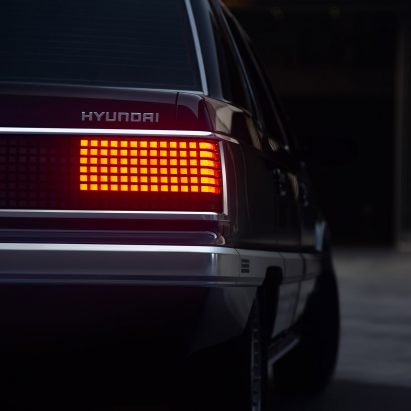
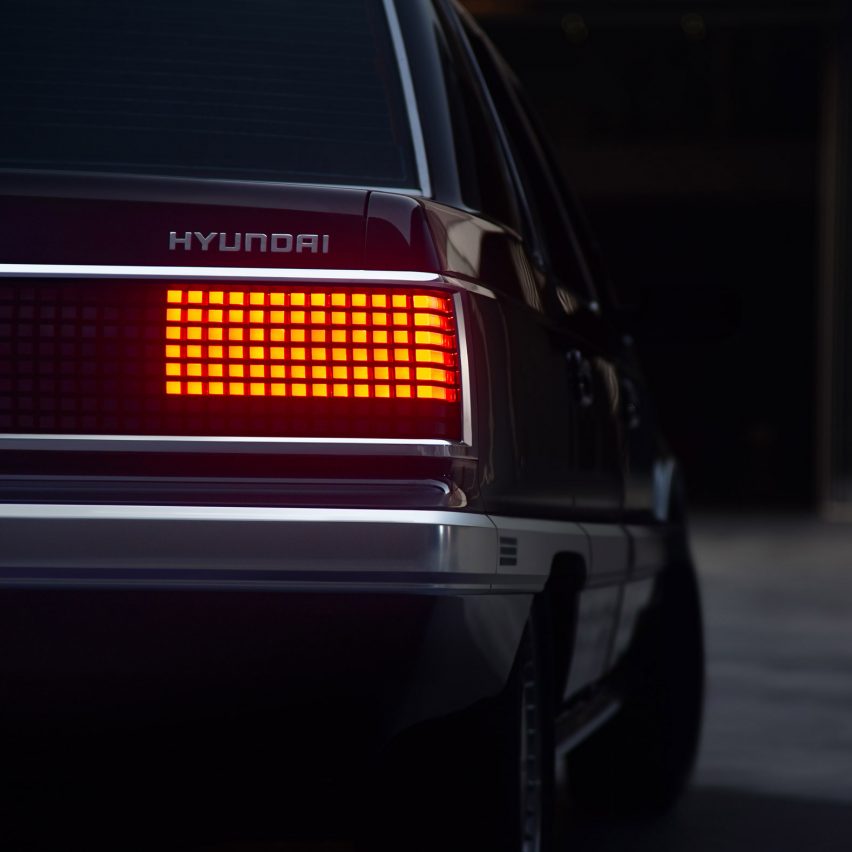
Electric vehicles were a hot topic this year amid growing concern about the climate impact of petrol and diesel engines. For our review of 2021 Dezeen rounds up 10 non-fossil-fueled vehicles, including a coupe designed by Virgil Abloh and an electric car by Heatherwick Studio.
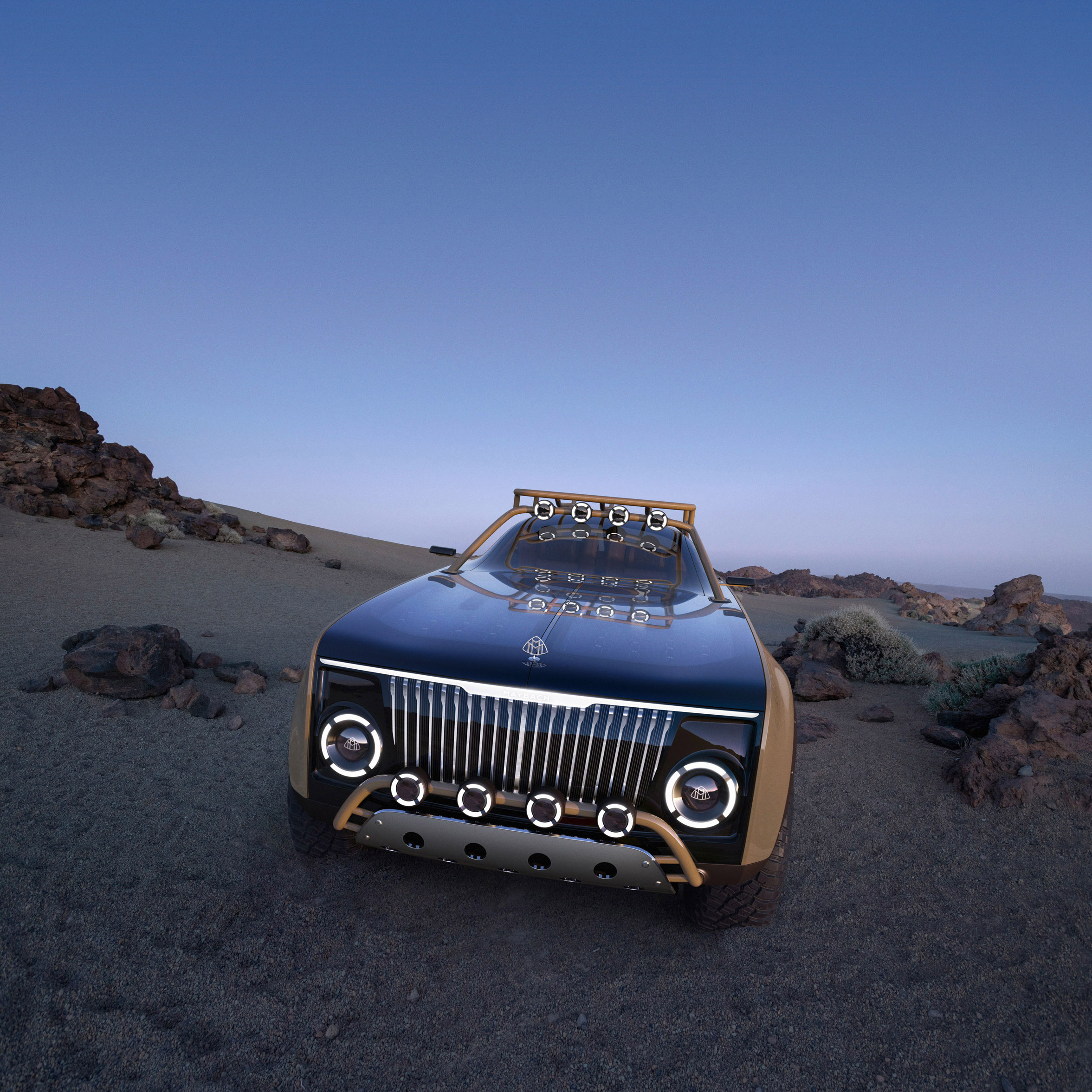 Photo courtesy of Mercedes-Benz
Photo courtesy of Mercedes-Benz
Project Maybach by Virgil Abloh and Mercedes-Benz
German carmaker Mercedes-Benz unveiled Project Maybach, a solar-cell-powered electric show car developed in partnership with Virgil Abloh, shortly after the American fashion designer's death.
The off-road coupe is nearly six metres long and has a transparent front bonnet housing solar cells that would be used to charge the battery.
Find out more about Project Maybach ›
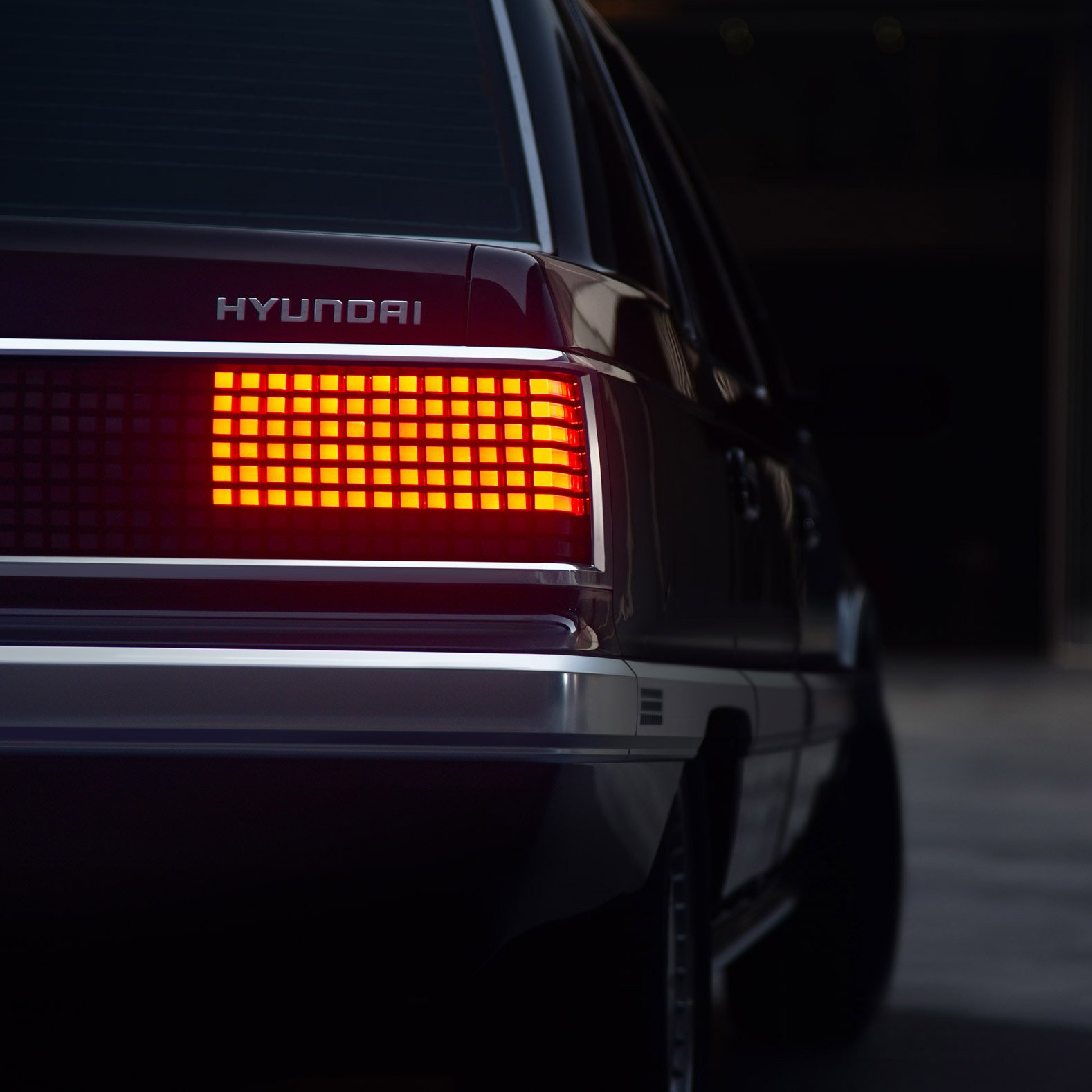 Image courtesy of Hyundai Motor Company
Image courtesy of Hyundai Motor Company
Heritage Series Grandeur by Hyundai
The Heritage Series Grandeur is a modernised, all-electric concept version of the 1980s Hyundai Grandeur saloon car.
It retains the original car's boxy shape and single-spoke steering wheel while introducing 2021-ready updates, such as LED headlights and an ultra-wide touch screen dashboard display.
Find out more about the Heritage Series Grandeur ›
Renault 4L Suite No.4 by Mathieu Lehanneur
Another example of a classic car given an electrified makeover, the Renault 4L Suite No.4 has the same lines and exterior dimensions as the 1960s original but features new panoramic windows across much of its back, sides and roof. The roof also contains transparent solar panels.
It was dreamed up by French designer Mathieu Lehanneur, who said the Suite No.4 "isn't a car, it's travel architecture".
Find out more about the Suite No.4 ›
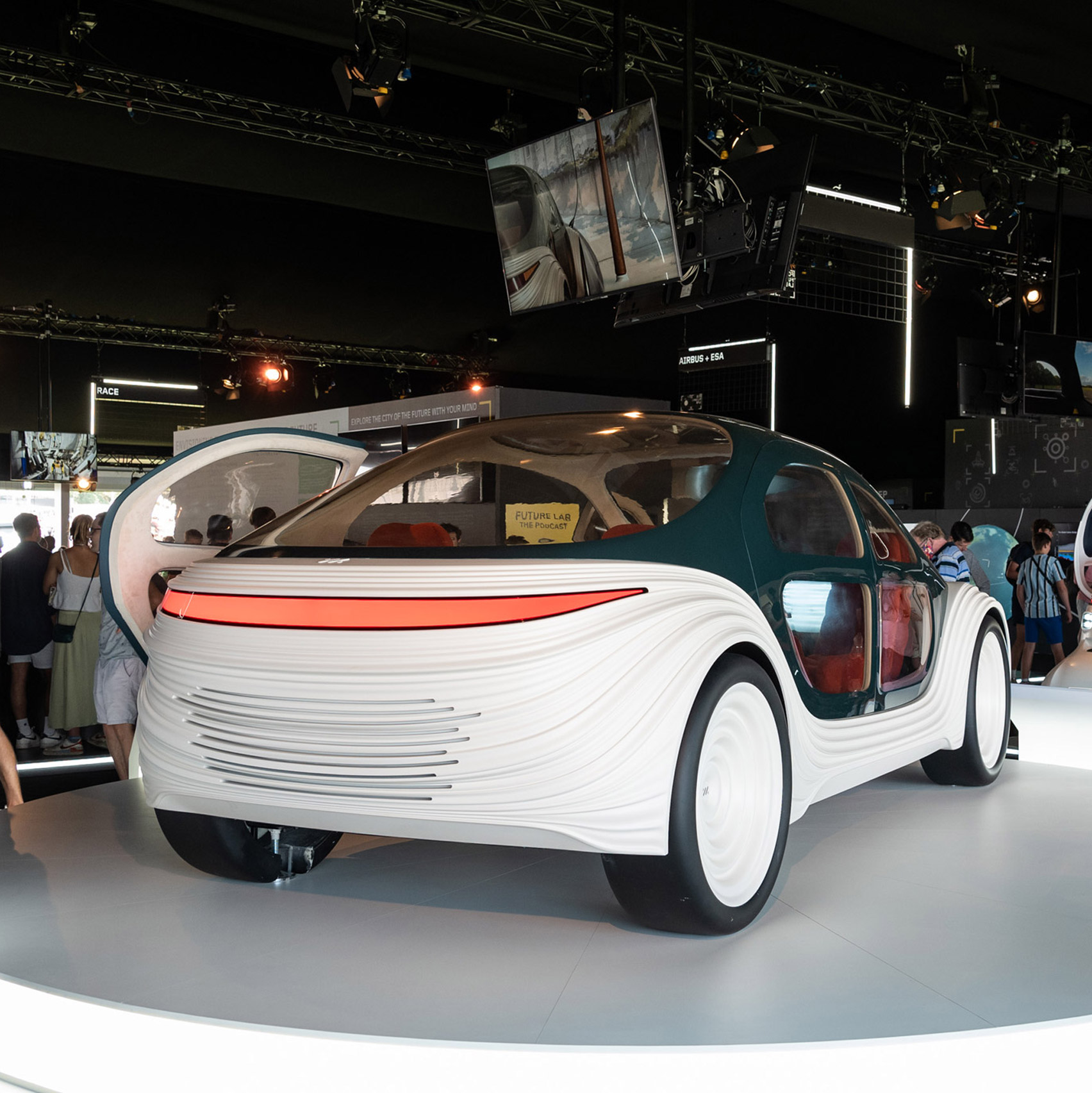 Photo is by Yanli Tao, courtesy of Heatherwick Studio
Photo is by Yanli Tao, courtesy of Heatherwick Studio
British designer Thomas Heatherwick's studio this year unveiled its prototype of Airo, an electric car created for Chinese brand IM Motors that is set to go into production in 2023.
Heatherwick has promised Airo will "vacuum up pollutants from other cars" as it drives, by virtue of it being fitted with a high-efficiency particulate air (HEPA) filtering system.
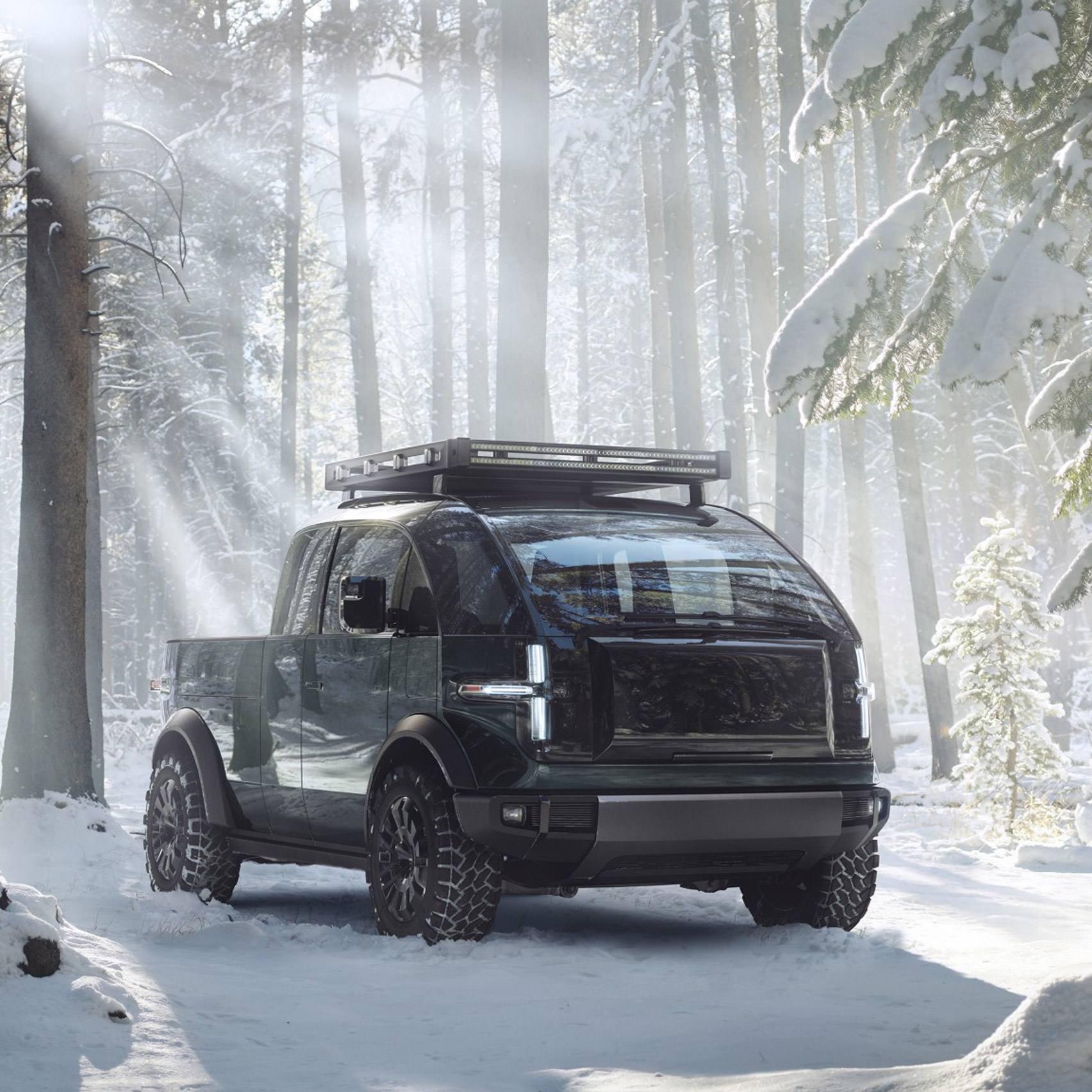 Photo is by Richard Thompson III
Photo is by Richard Thompson III
In November, US automotive start-up Canoo introduced an all-electric pickup truck with a variety of hidden tricks.
For example, the modular truck bed is extendable, while there is a fold-out workbench in the space where the engine would traditionally be found.
Find out more about the Canoo Pickup ›
Chinese manufacturer XPeng plans to mass-release this electric flying car as soon as 2024.
The design is unusual among urban air motility vehicle concepts in that it would be capable of driving on the road as well as functioning in the air, with a foldable dual rotor mechanism converting it from a car to a flying machine.
Find out more about the XPeng flying car ›
This off-road buggy is not electric but instead runs an internal combustion engine that uses hydrogen in place of fossil fuel.
Lexus, which developed the concept, said the vehicle generates "near-zero emissions" while retaining the rumbling engine tone and instant responsiveness beloved by petrol heads.
Find out more about the ROV Concept ›
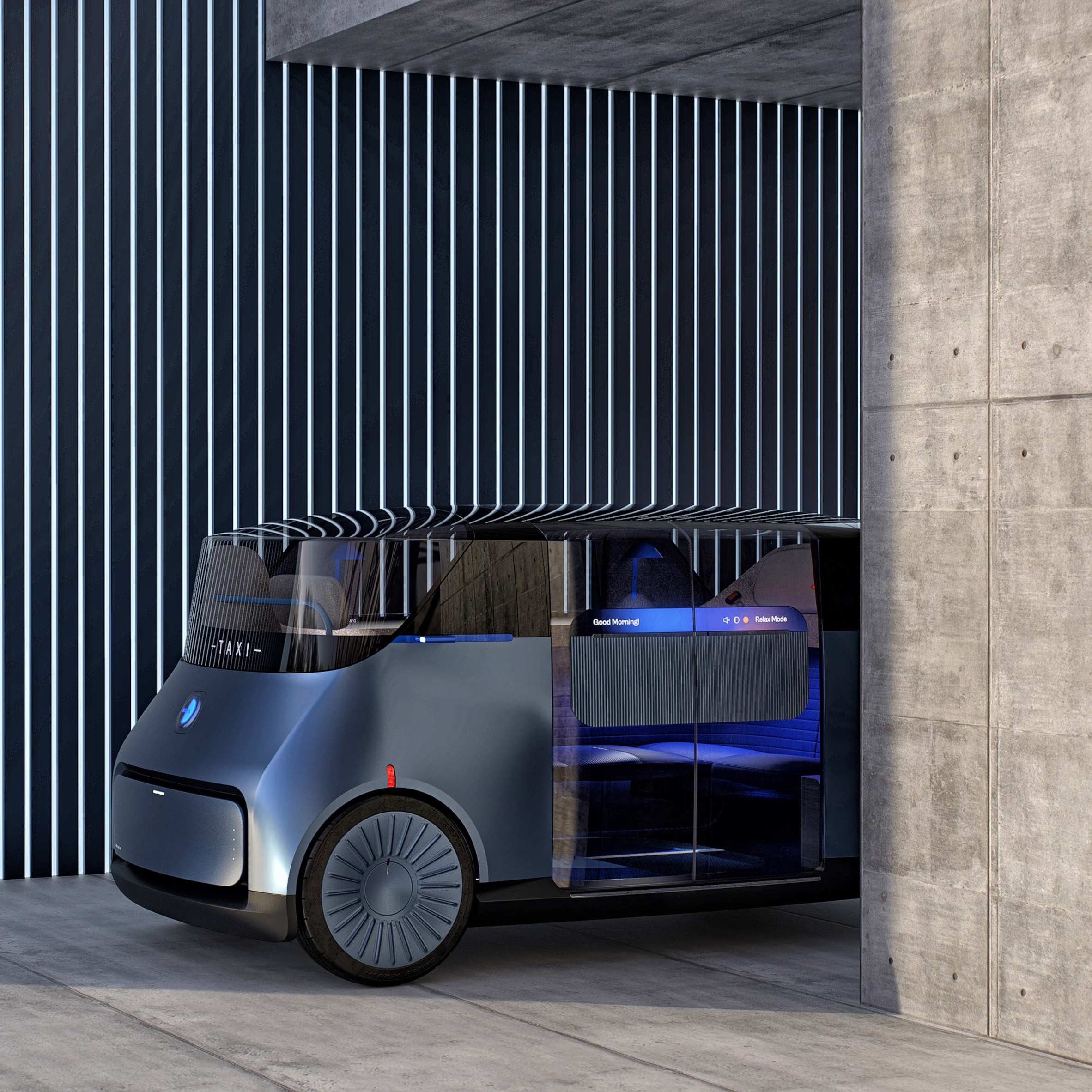 Image courtesy of PriestmanGoode
Image courtesy of PriestmanGoode
New Car for London by PriestmanGoode
The New Car for London is a driverless, electric ride-hailing vehicle concept designed by PriestmanGoode.
It is intended to be specific to London to combat the global domination of major ride-sharing apps, with the car's angular profile informed by the British capital's brutalist buildings and its interiors reminiscent of the Tube's distinctive upholstery.
Find out more about the New Car for London ›
BMW's i Vision Circular concept car is electric, but what sets it apart from other battery-powered vehicles is its ability to disassemble at the touch of a button.
Designed to demonstrate how the automobile industry could embrace circular economic principles, it is made from recycled and recyclable materials and held together by detachable connections, rather than permanent adhesives, so the parts can be separated and reused.
Find out more about the i Vision Circular ›
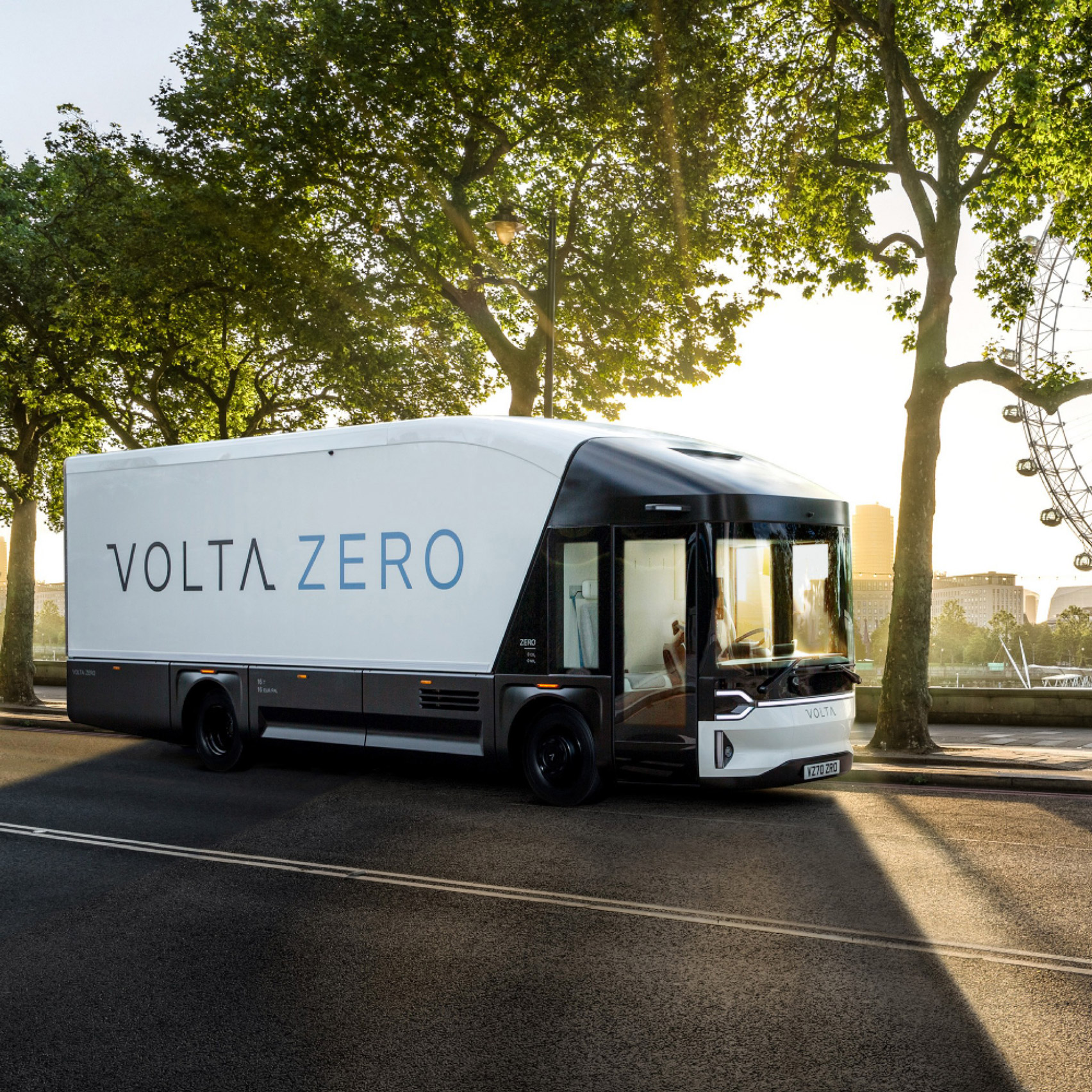 Photo courtesy of Volta Trucks
Photo courtesy of Volta Trucks
Volta Zero by Volta Trucks and Astheimer
This 16-tonne electric lorry, developed by Swedish startup Volta Trucks in collaboration with Warwick-based consultancy Astheimer, was named product design of the year at the 2021 Dezeen Awards.
By placing the batteries in the chassis, the designers were able to free up space in the driver's cab, with the low, central sitting position and panoramic windows intended to be safer for pedestrians and other road users than standard heavy goods vehicles.
Find out more about the Volta Zero ›
The post Dezeen's top 10 non-fossil fuel car and truck designs of 2021 appeared first on Dezeen.
#2021review #transport #yearlyreviews #all #design #technology #cars #electriccars #vehicles #roundups #electricvehicles #trucks
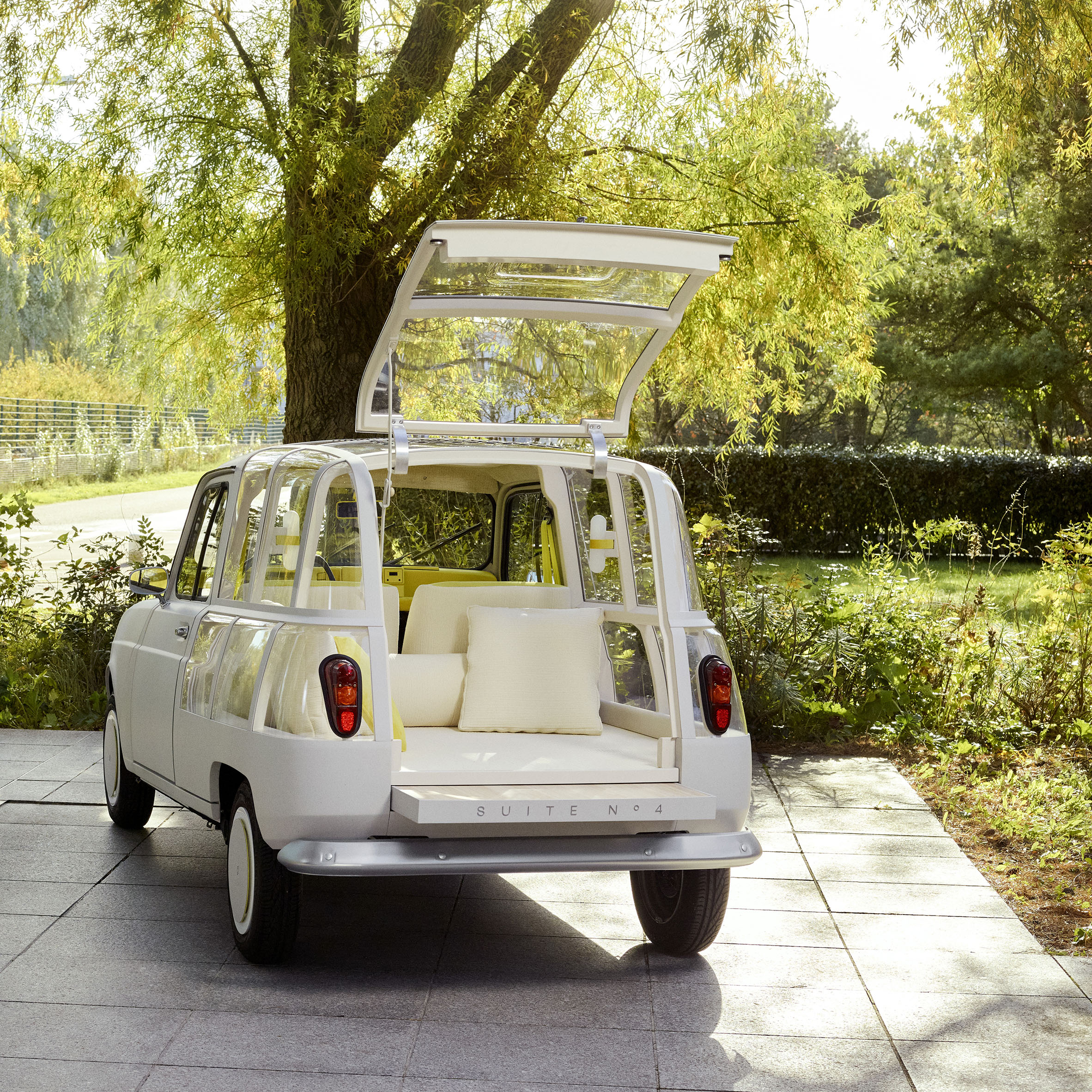
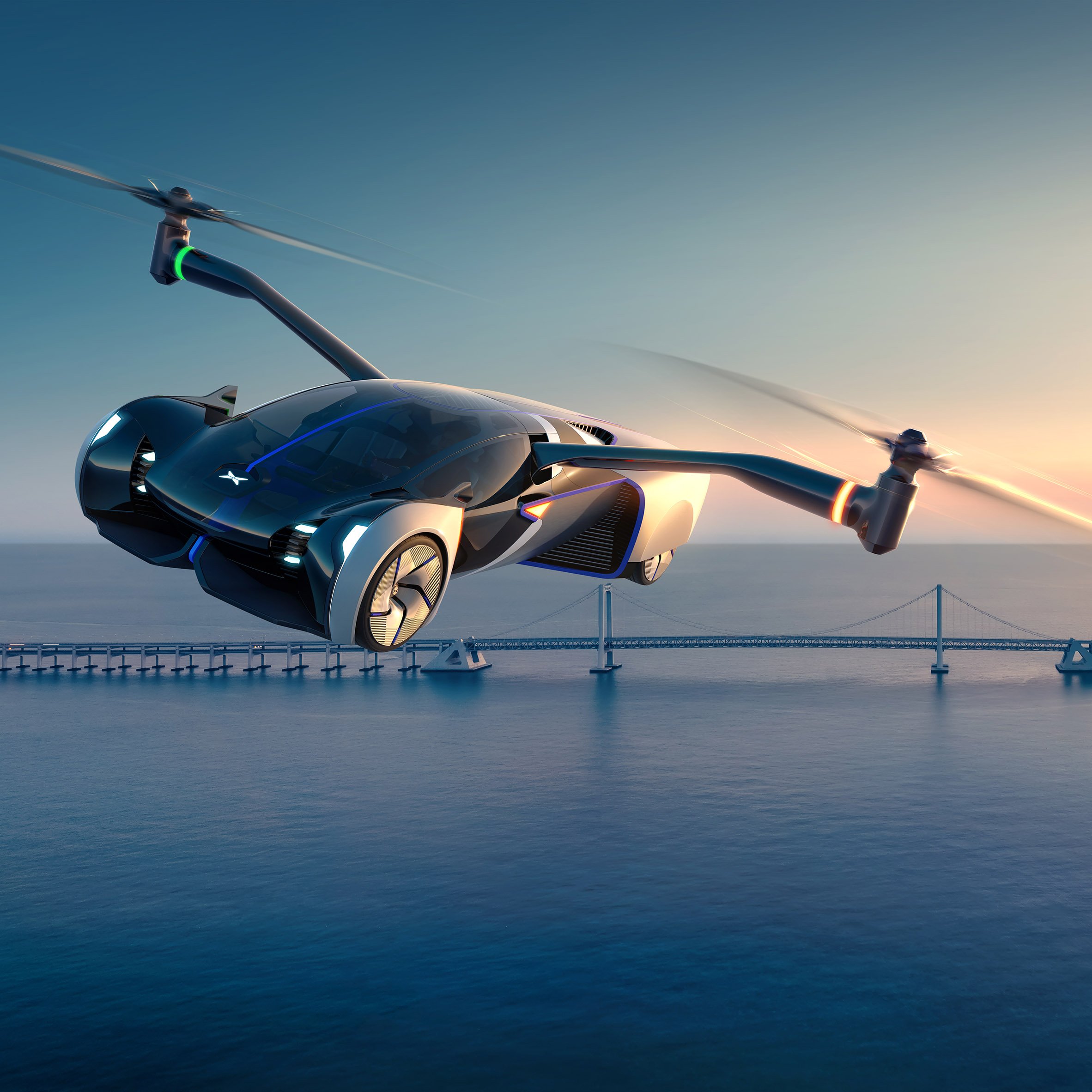
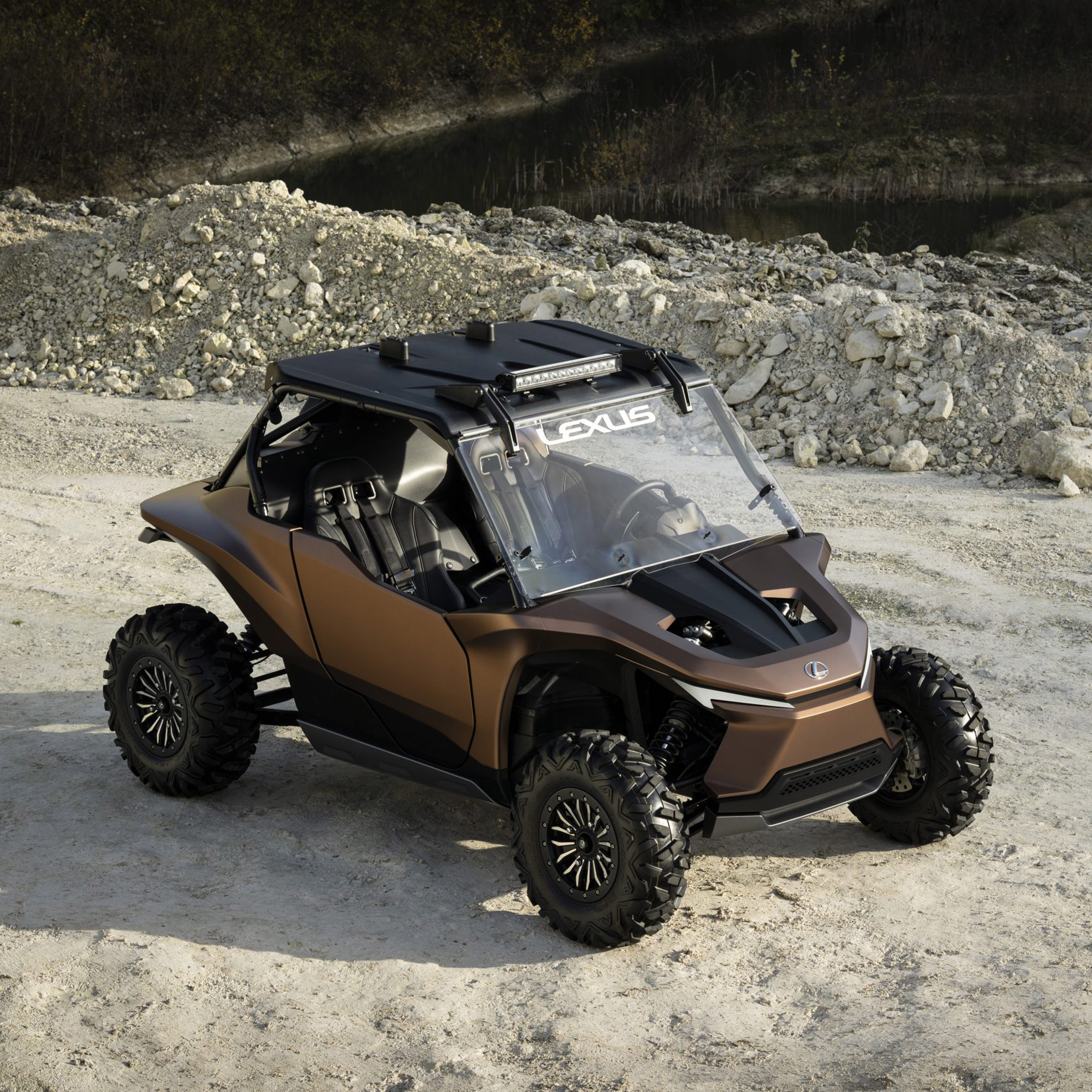
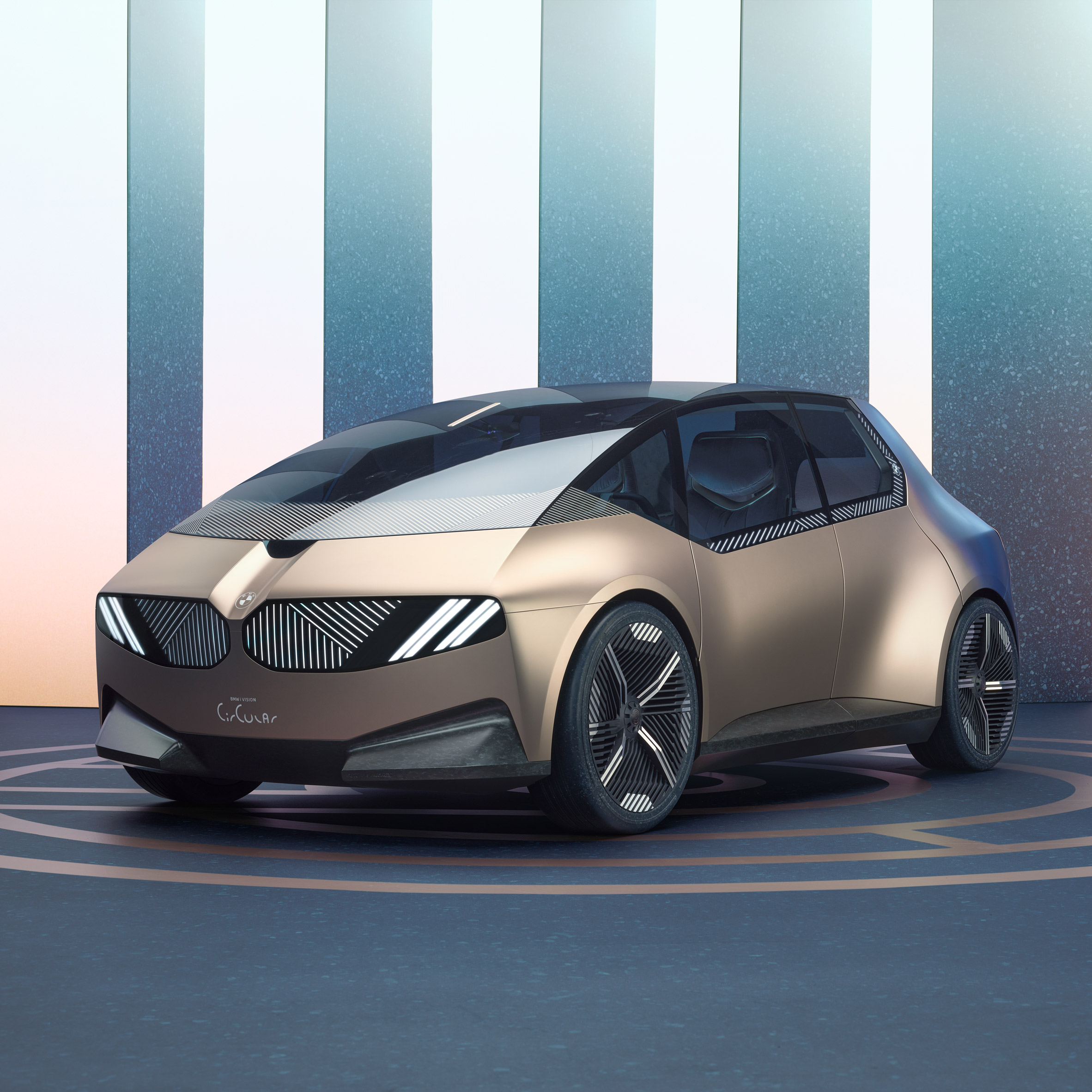
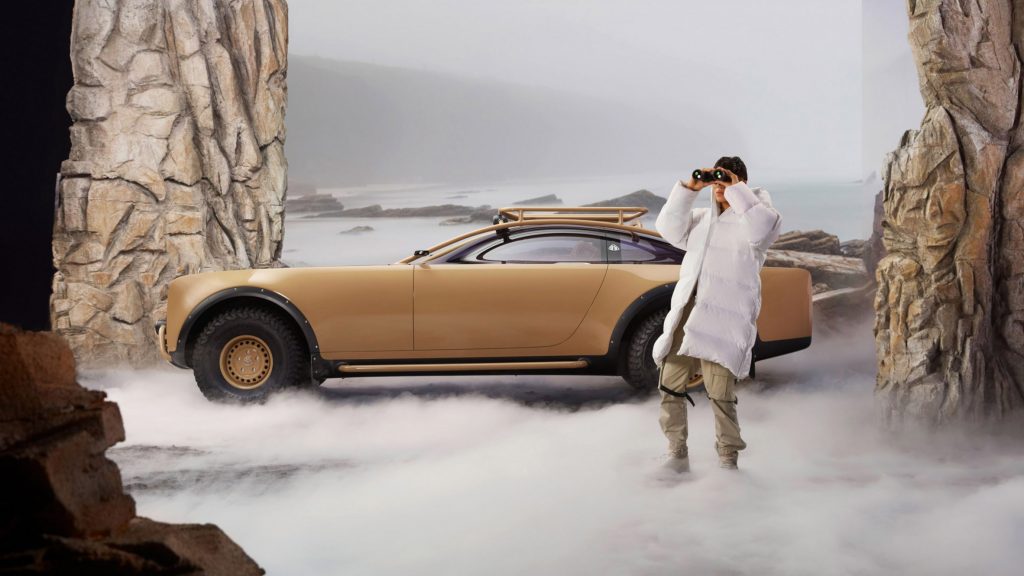
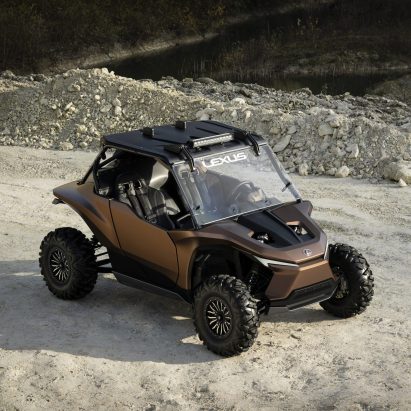
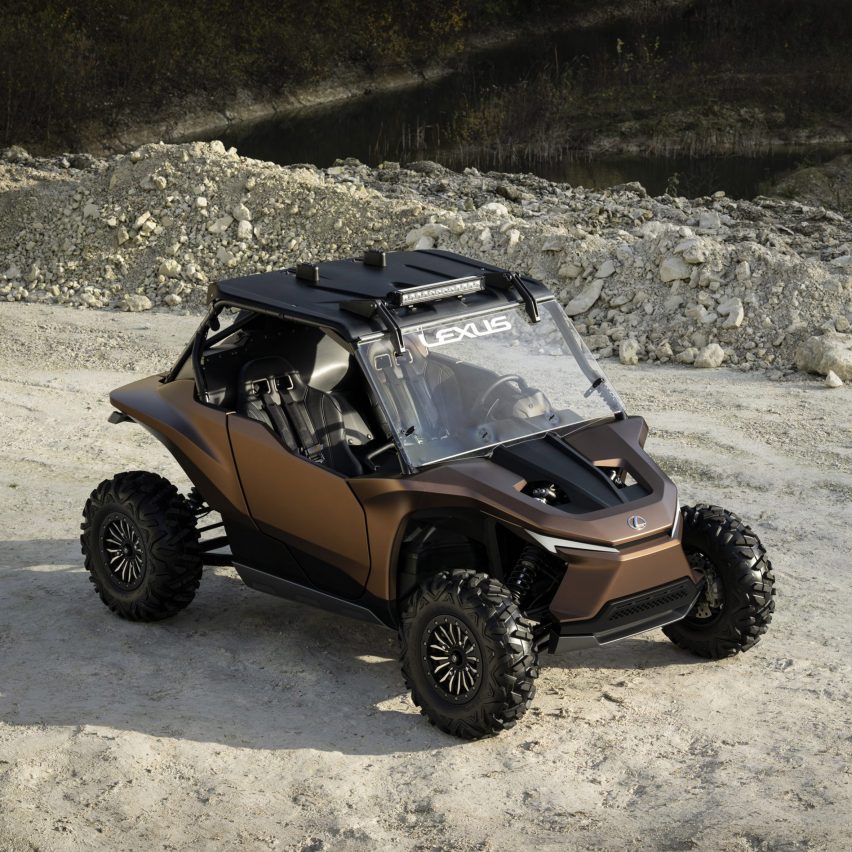
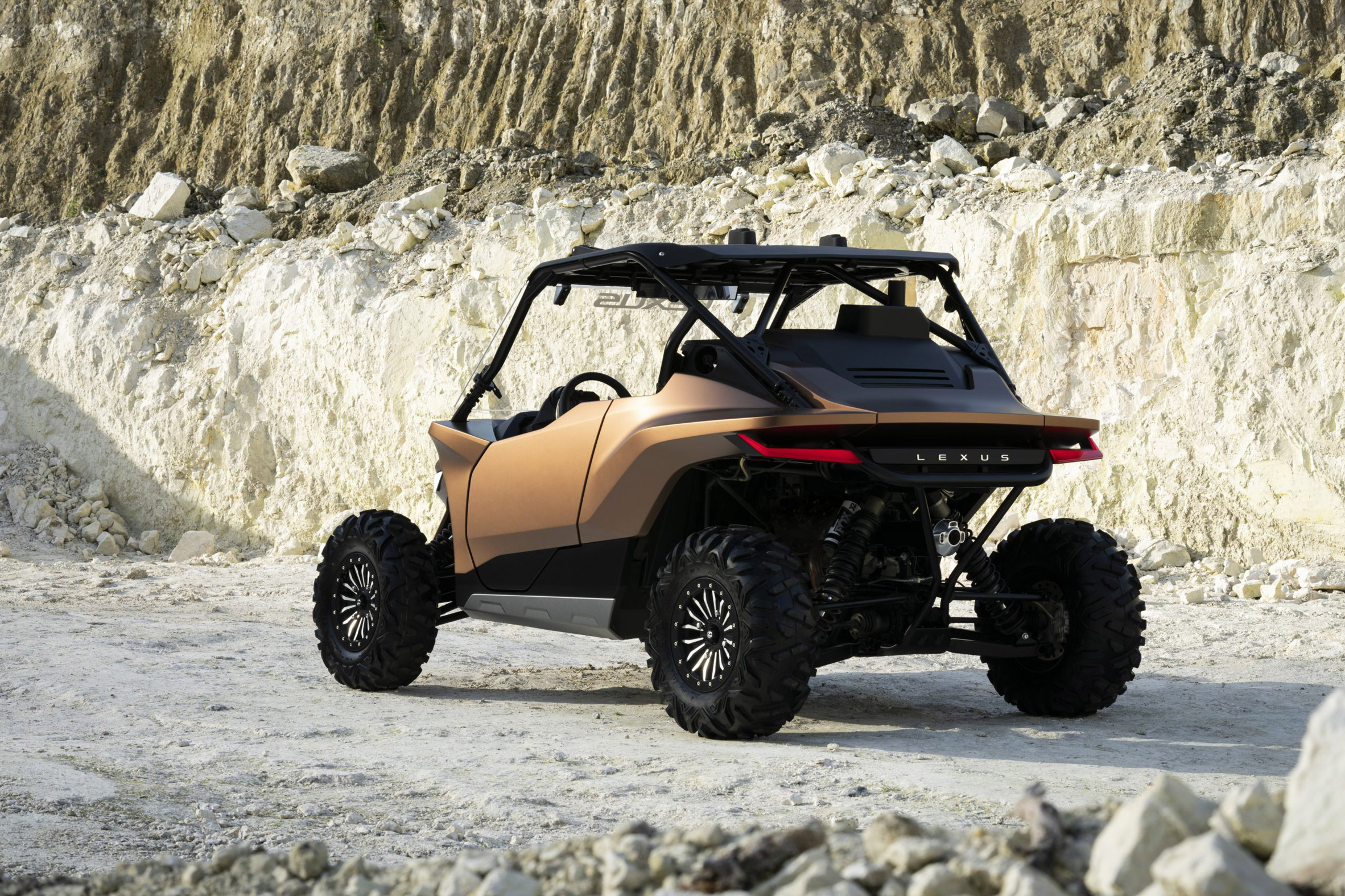 Lexus's ROV Concept vehicle features a dark bronze body and tubular black cage frame
Lexus's ROV Concept vehicle features a dark bronze body and tubular black cage frame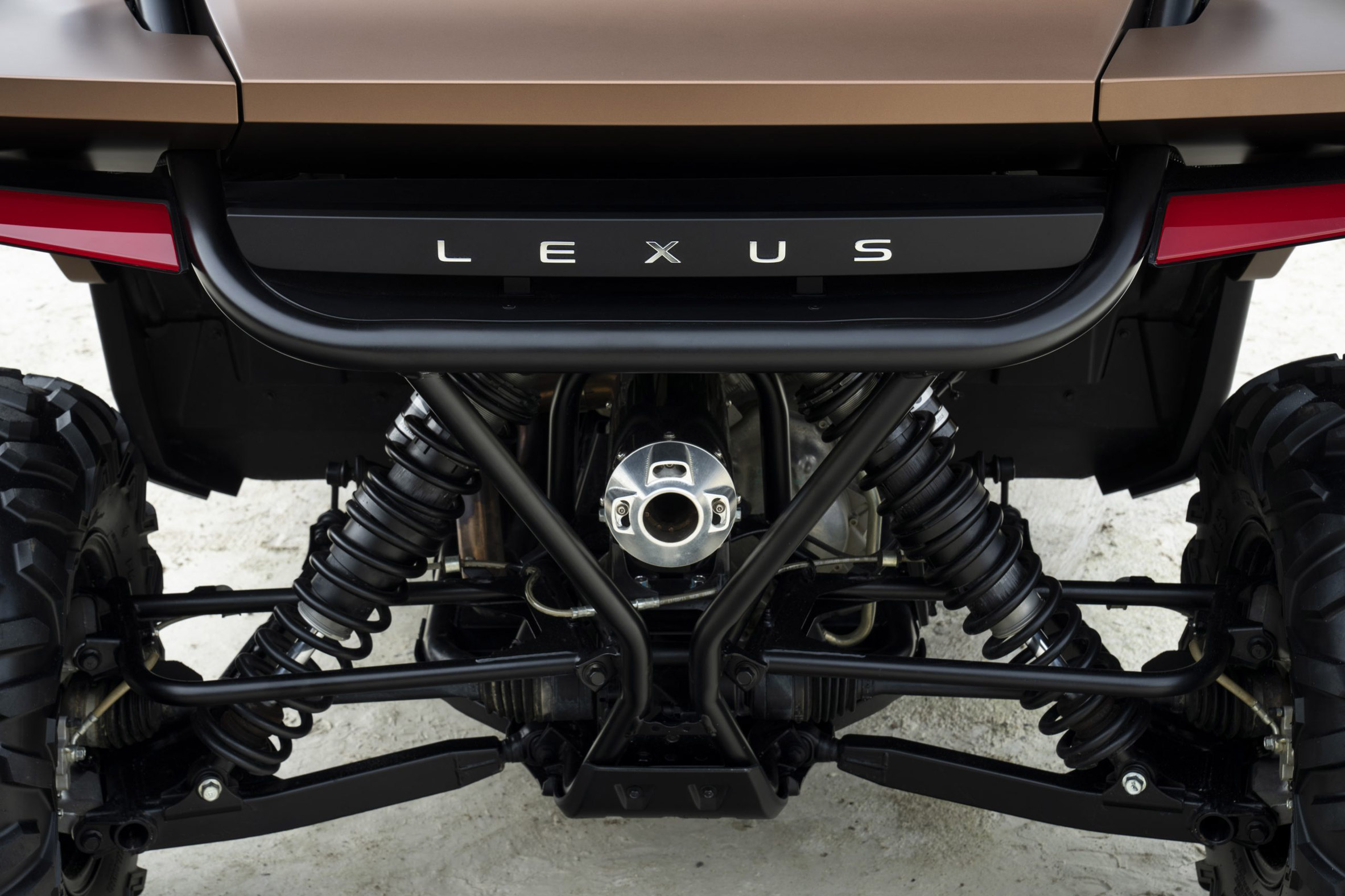 The vehicle is powered by a hydrogen combustion engine
The vehicle is powered by a hydrogen combustion engine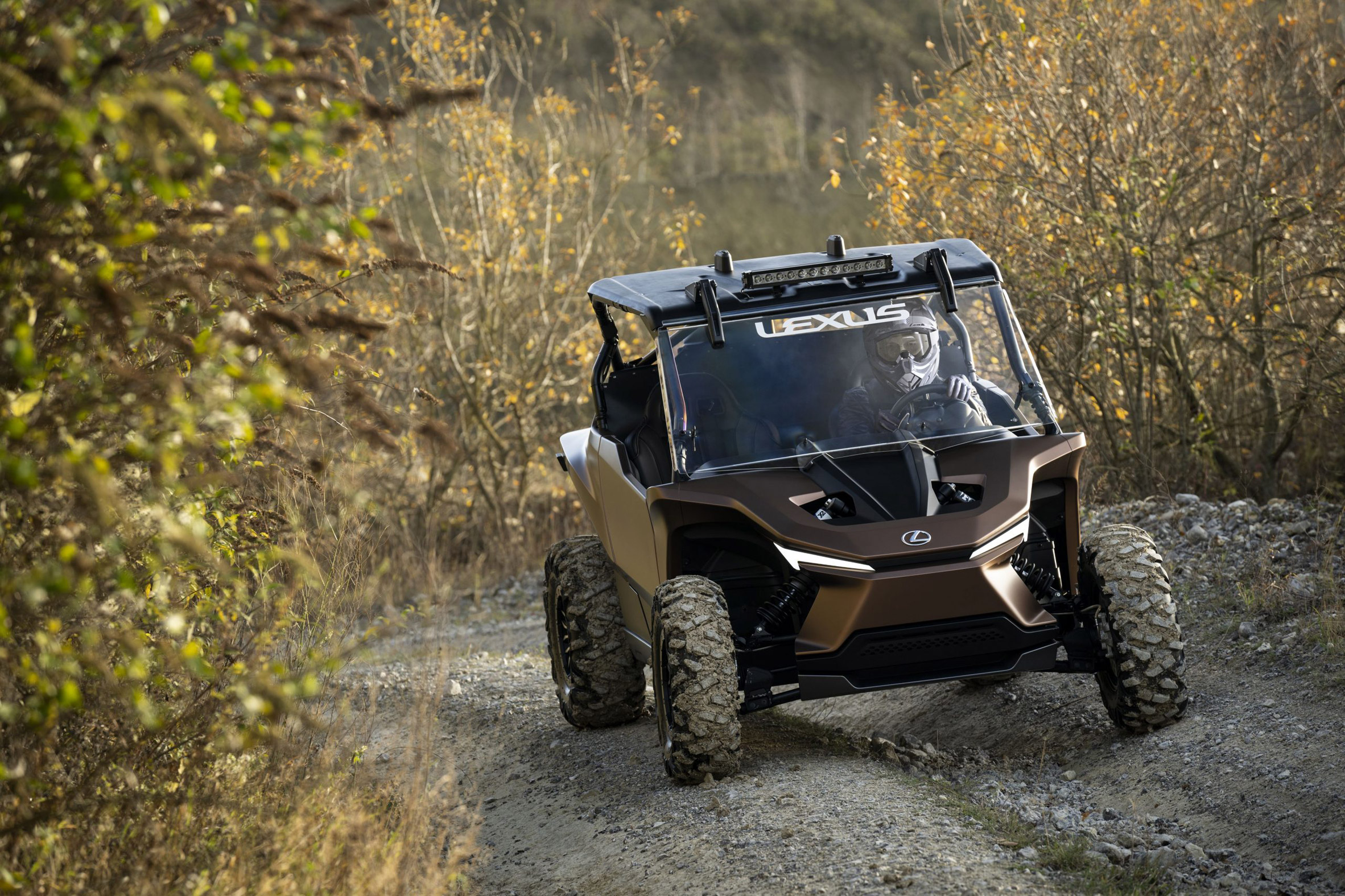 The ROV Concept is designed to be driven on any terrain
The ROV Concept is designed to be driven on any terrain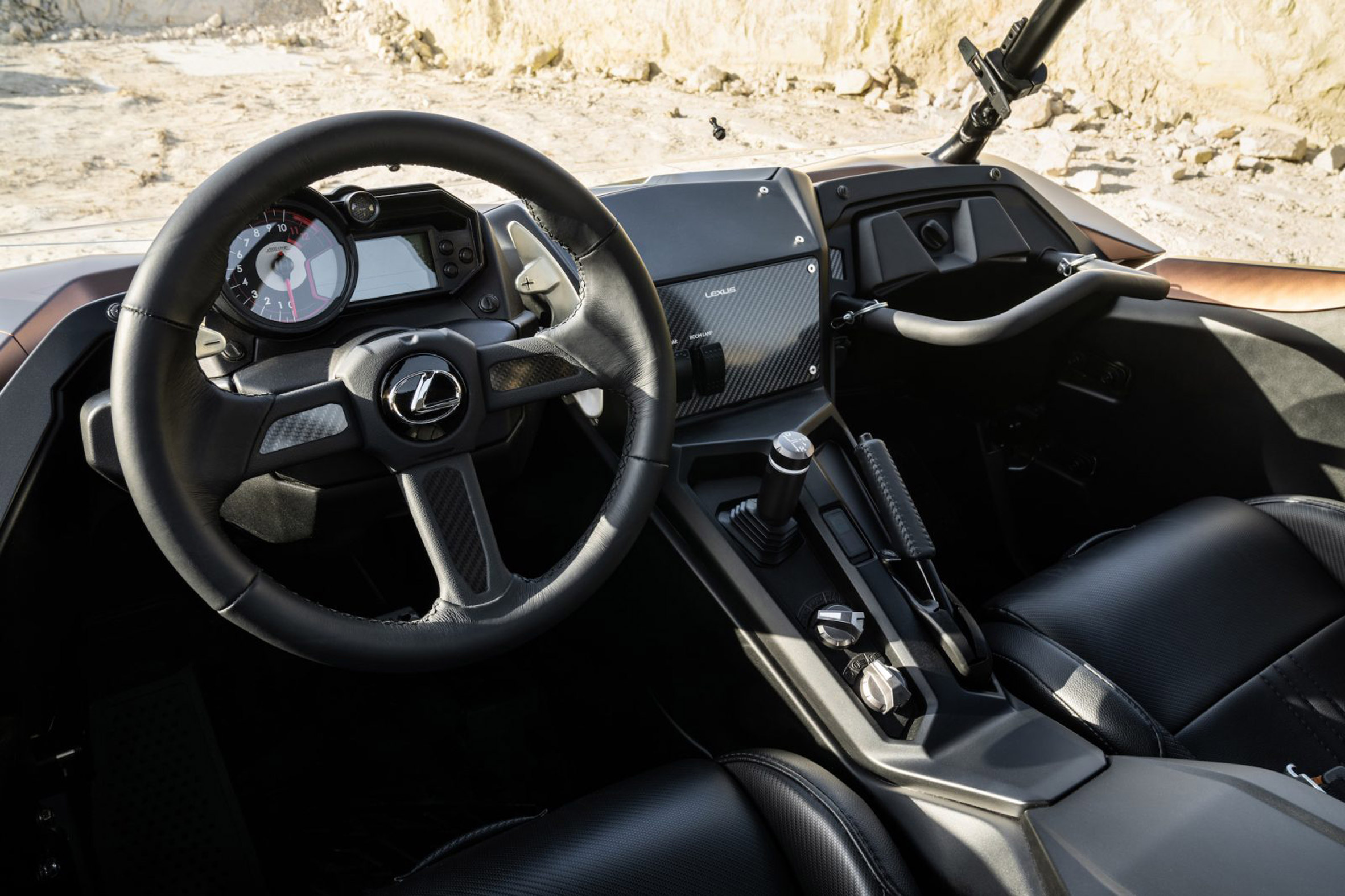 An analogue metre keeps the intention on driving
An analogue metre keeps the intention on driving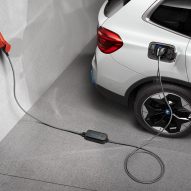
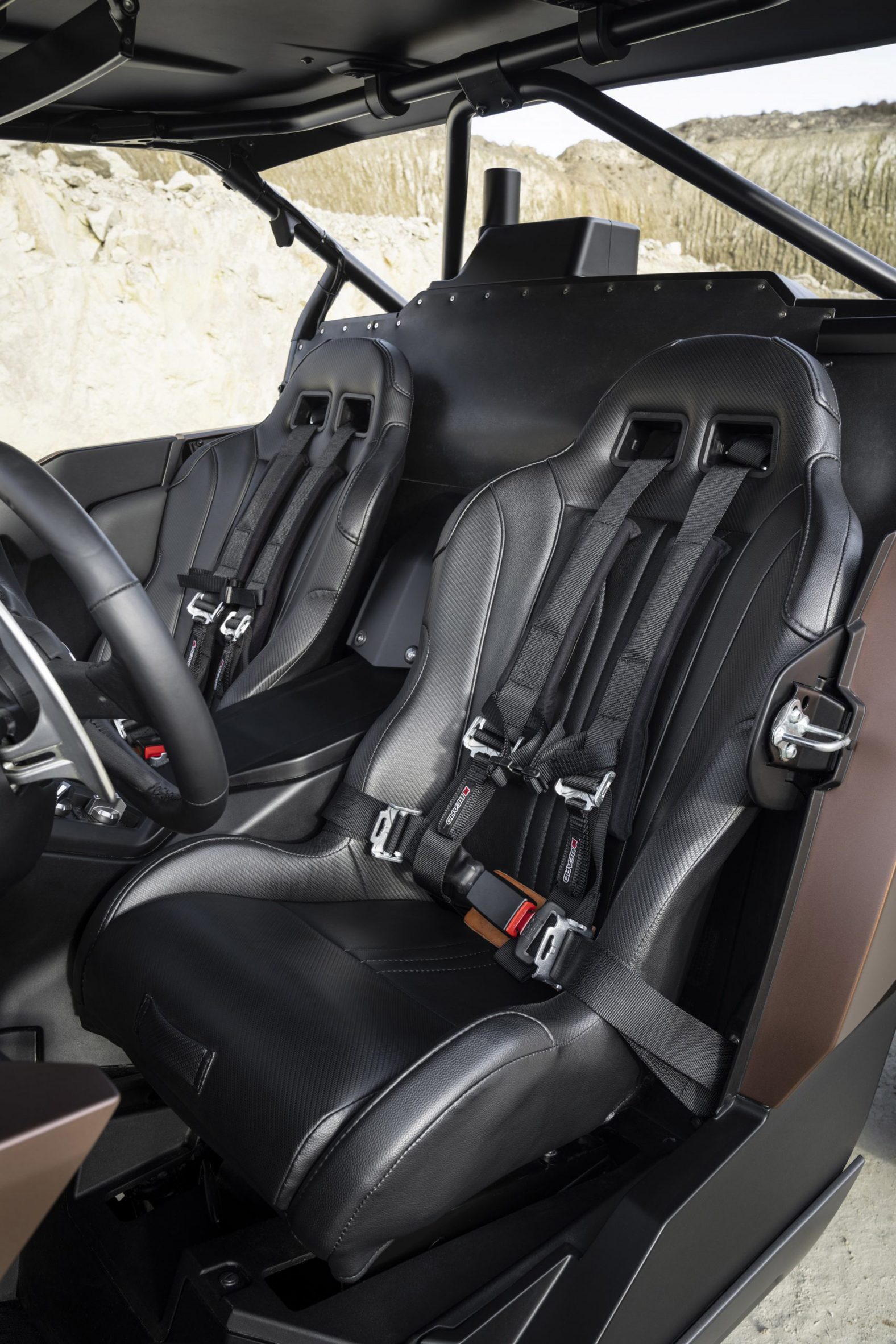 The seats feature five-point seatbelts and integrated suspension for a smooth ride
The seats feature five-point seatbelts and integrated suspension for a smooth ride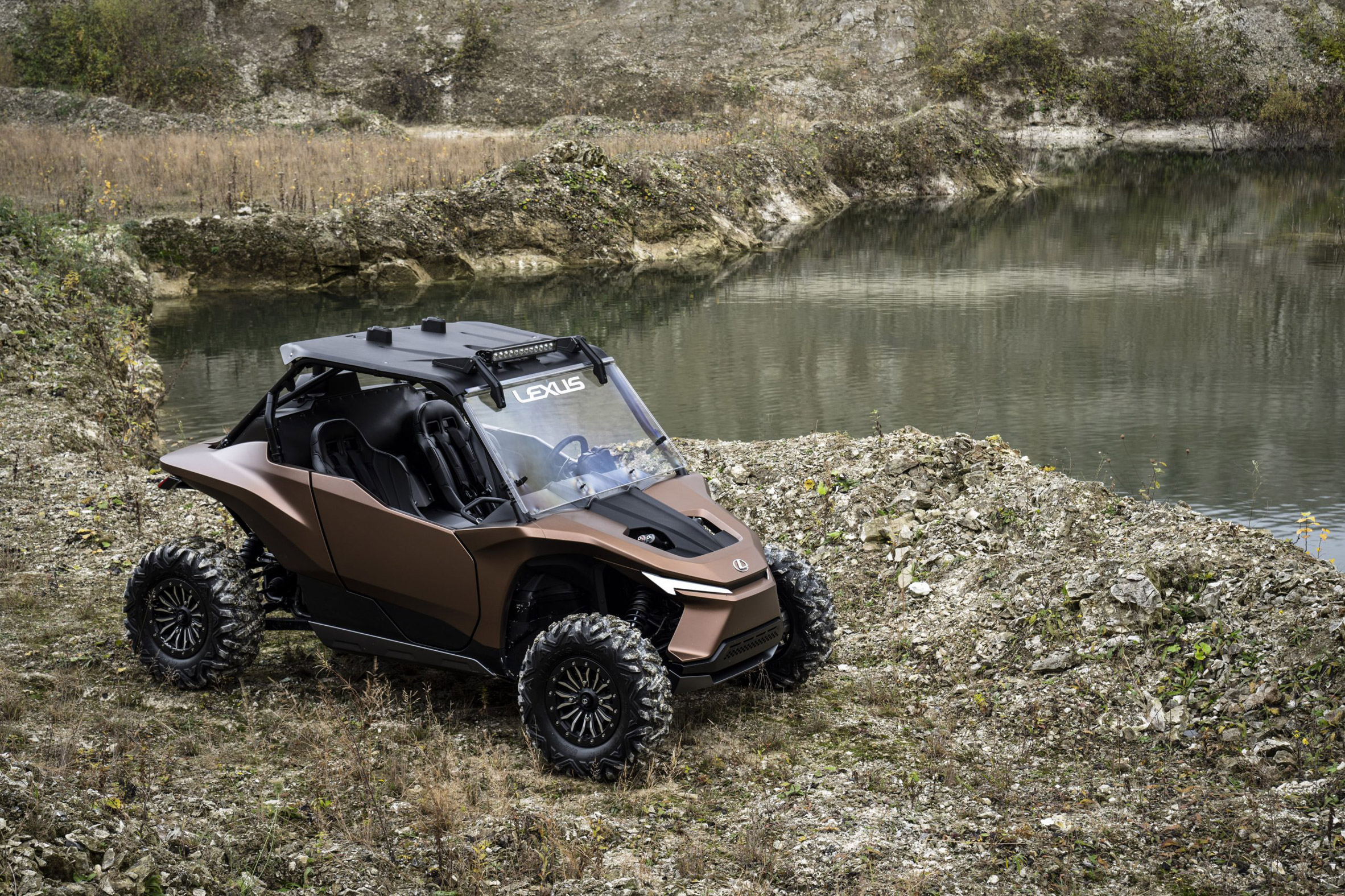 A small black roof is perched on its cage frame
A small black roof is perched on its cage frame

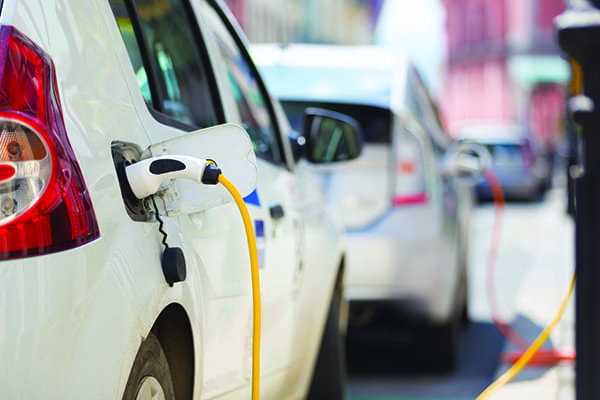
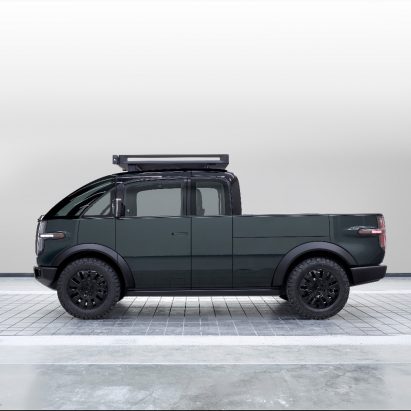
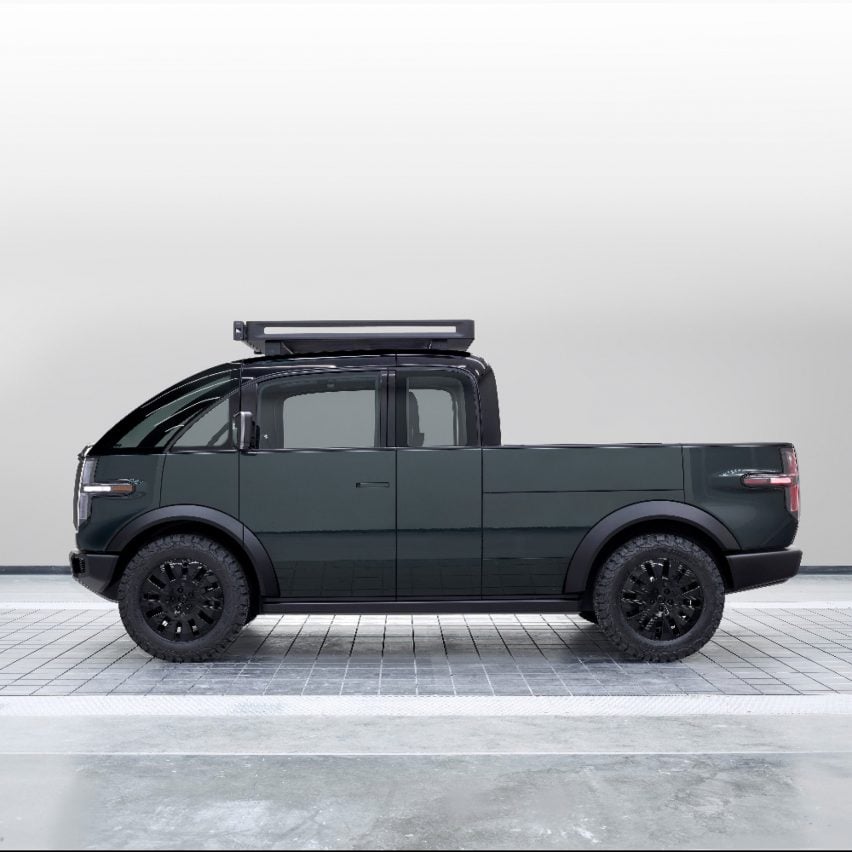
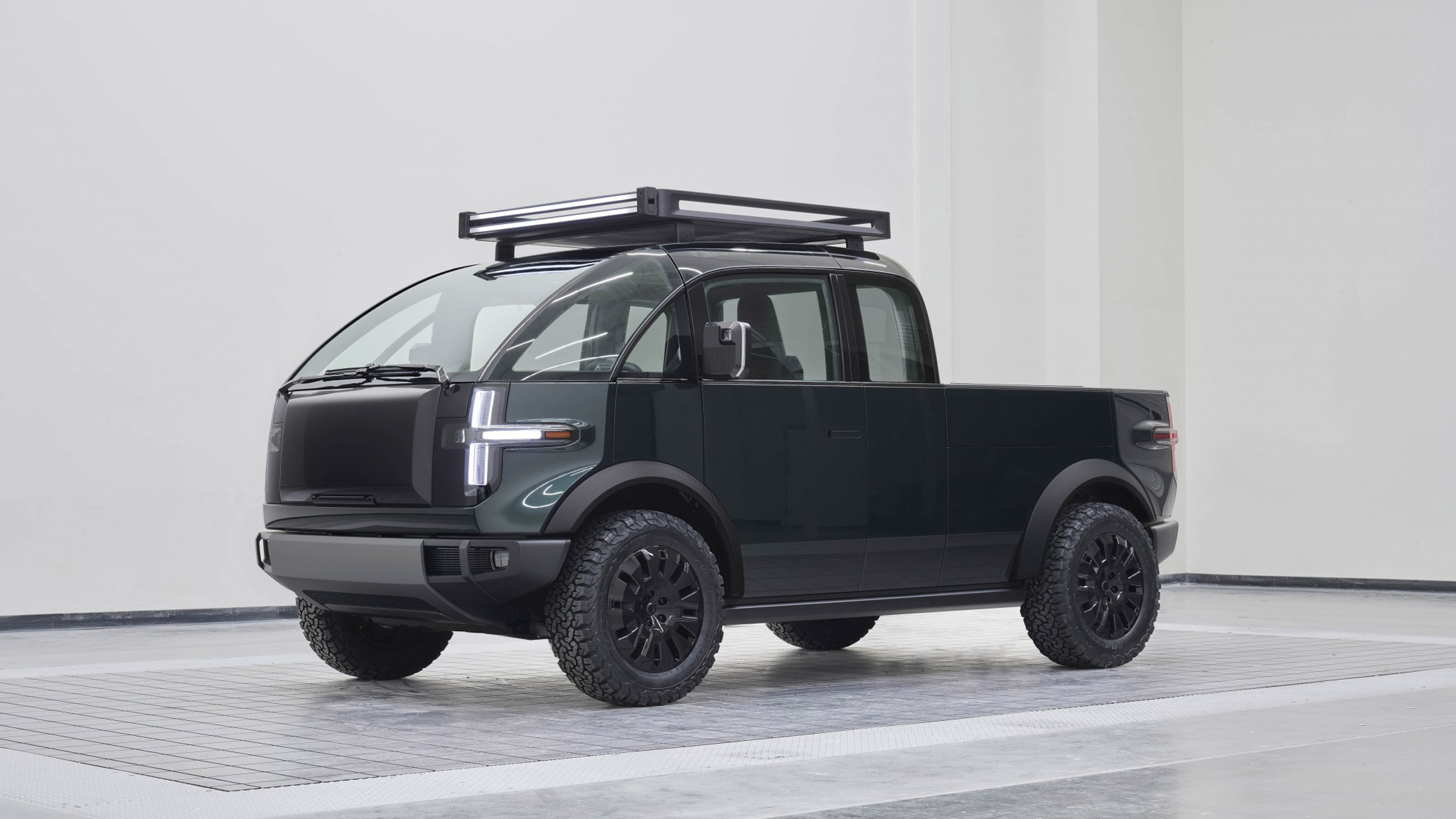 The Pickup truck is Canoo's third vehicle to be built on the same platform
The Pickup truck is Canoo's third vehicle to be built on the same platform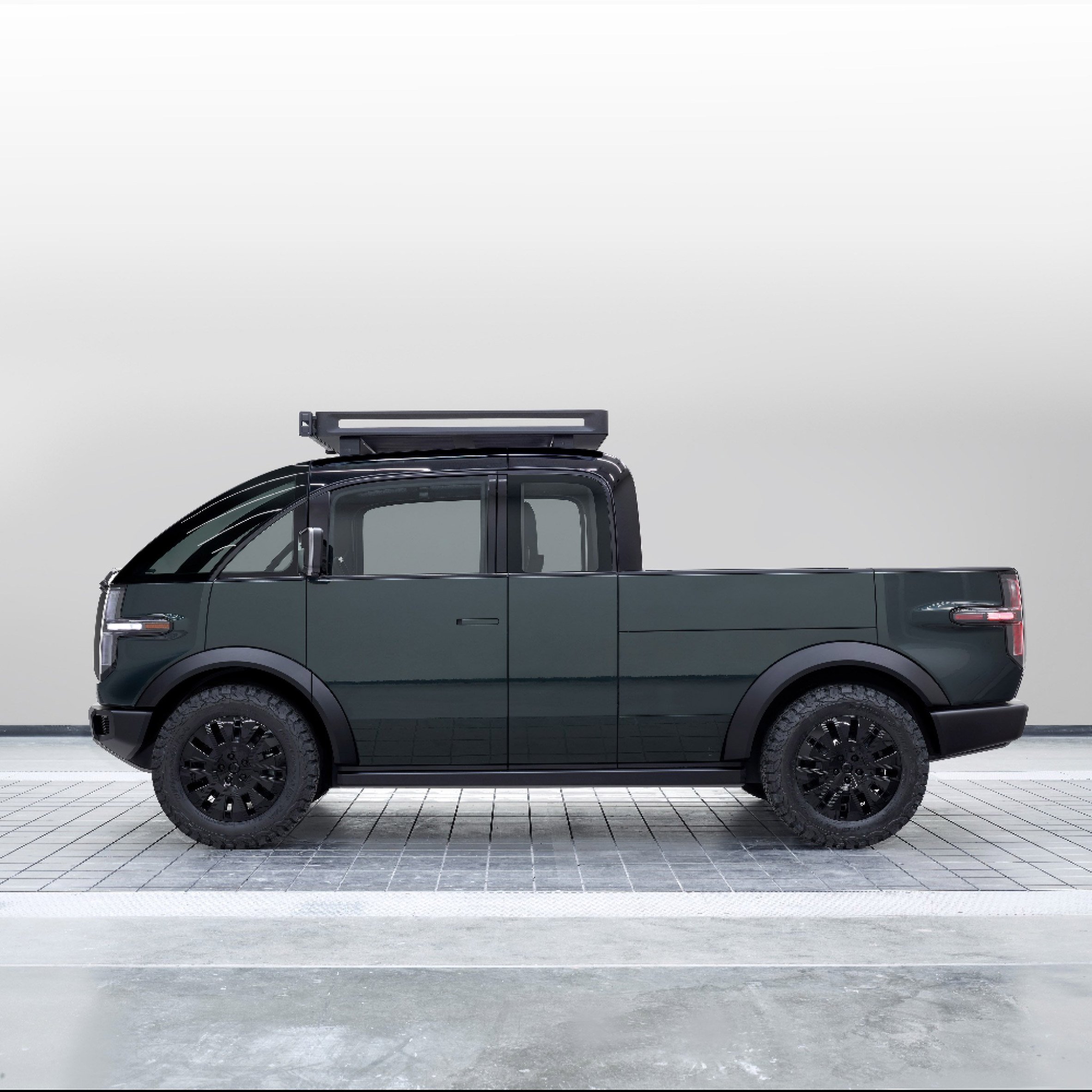 The truck includes an extendable flatbed that can go from six to eight feet
The truck includes an extendable flatbed that can go from six to eight feet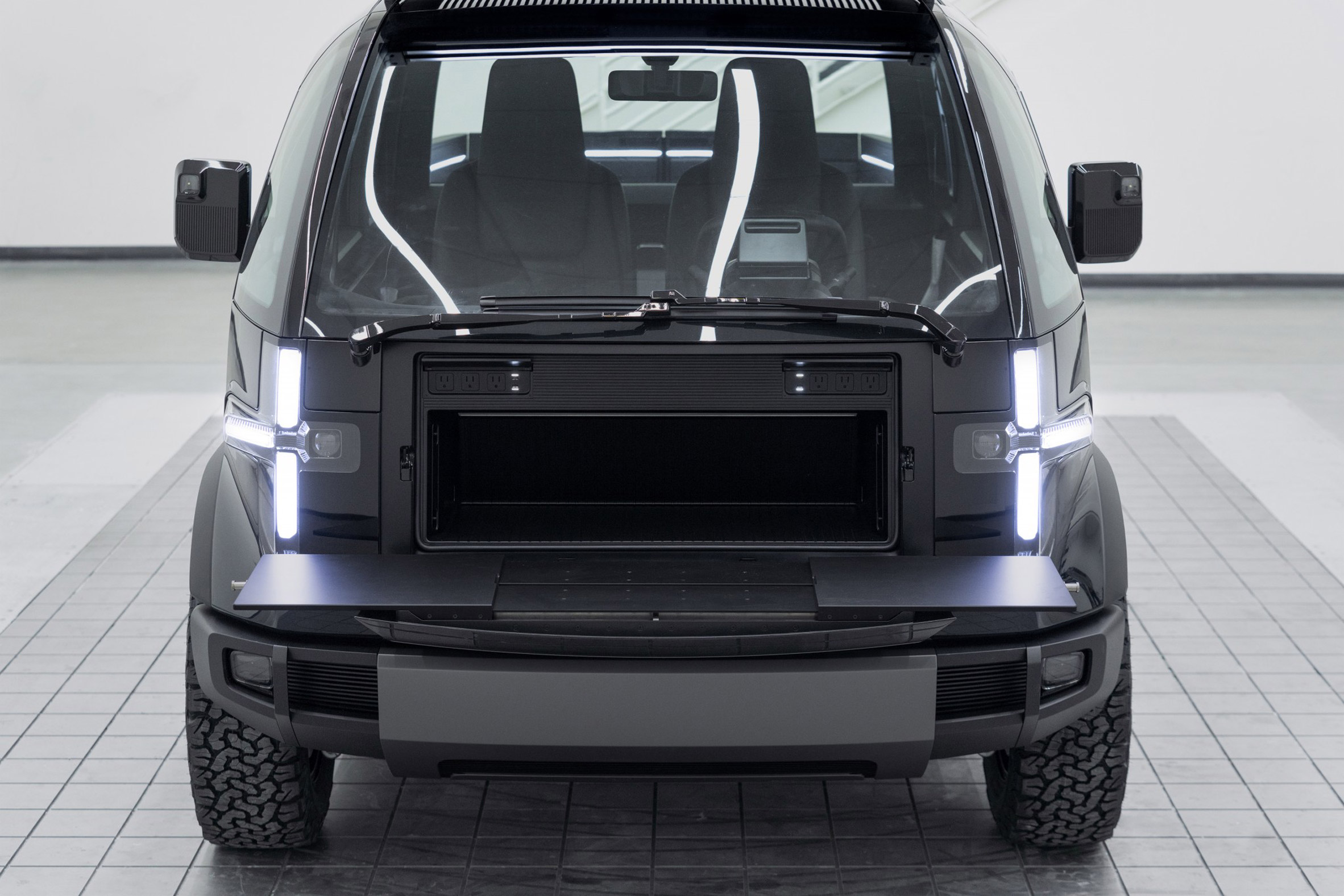 Where the engine would usually be, there is storage space and a fold-down worktable with power sockets
Where the engine would usually be, there is storage space and a fold-down worktable with power sockets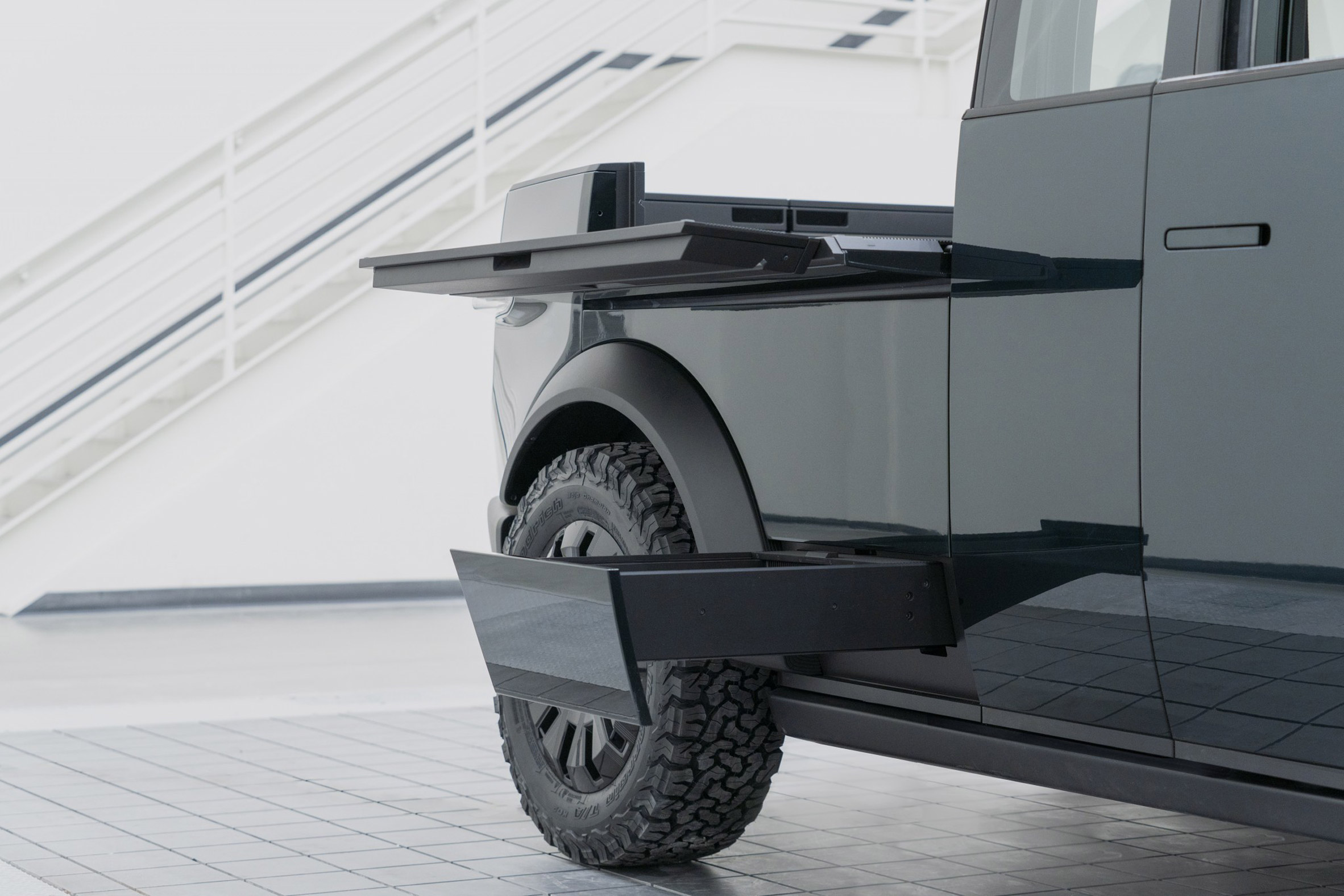 The side of the vehicle also has concealed features
The side of the vehicle also has concealed features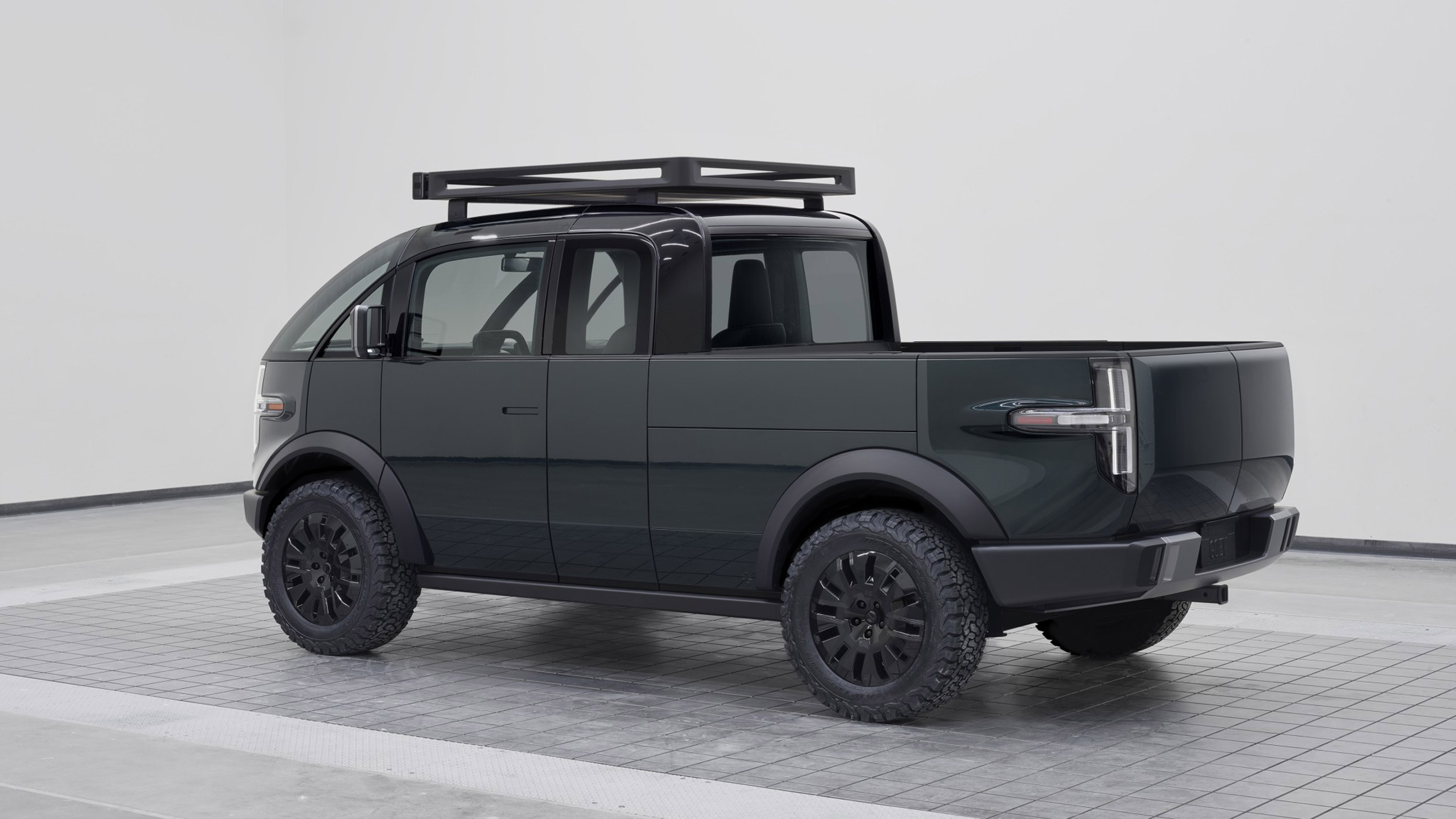 Canoo set out to give the truck a streamlined exterior
Canoo set out to give the truck a streamlined exterior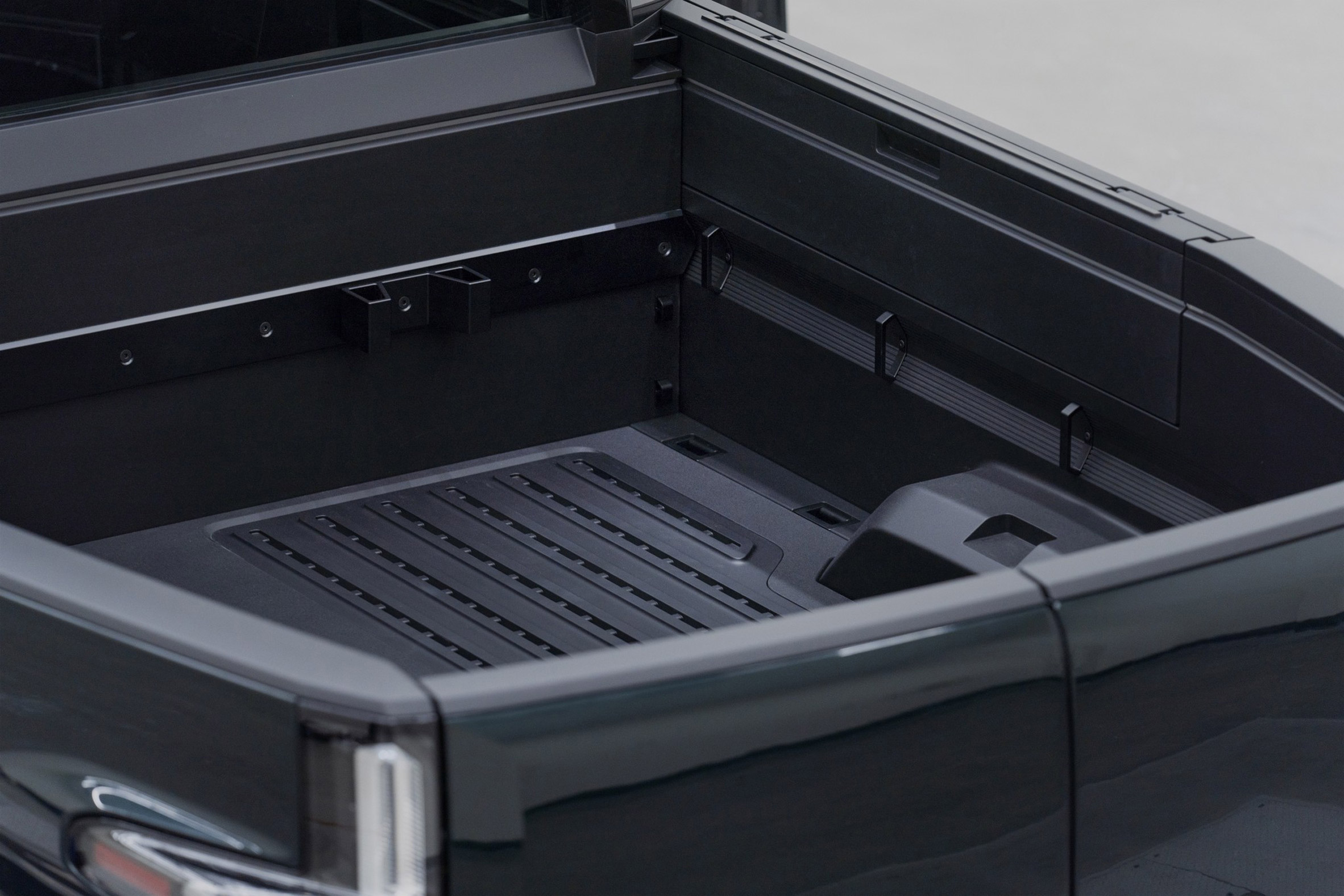 The truck bed also has built-in storage and organisation features
The truck bed also has built-in storage and organisation features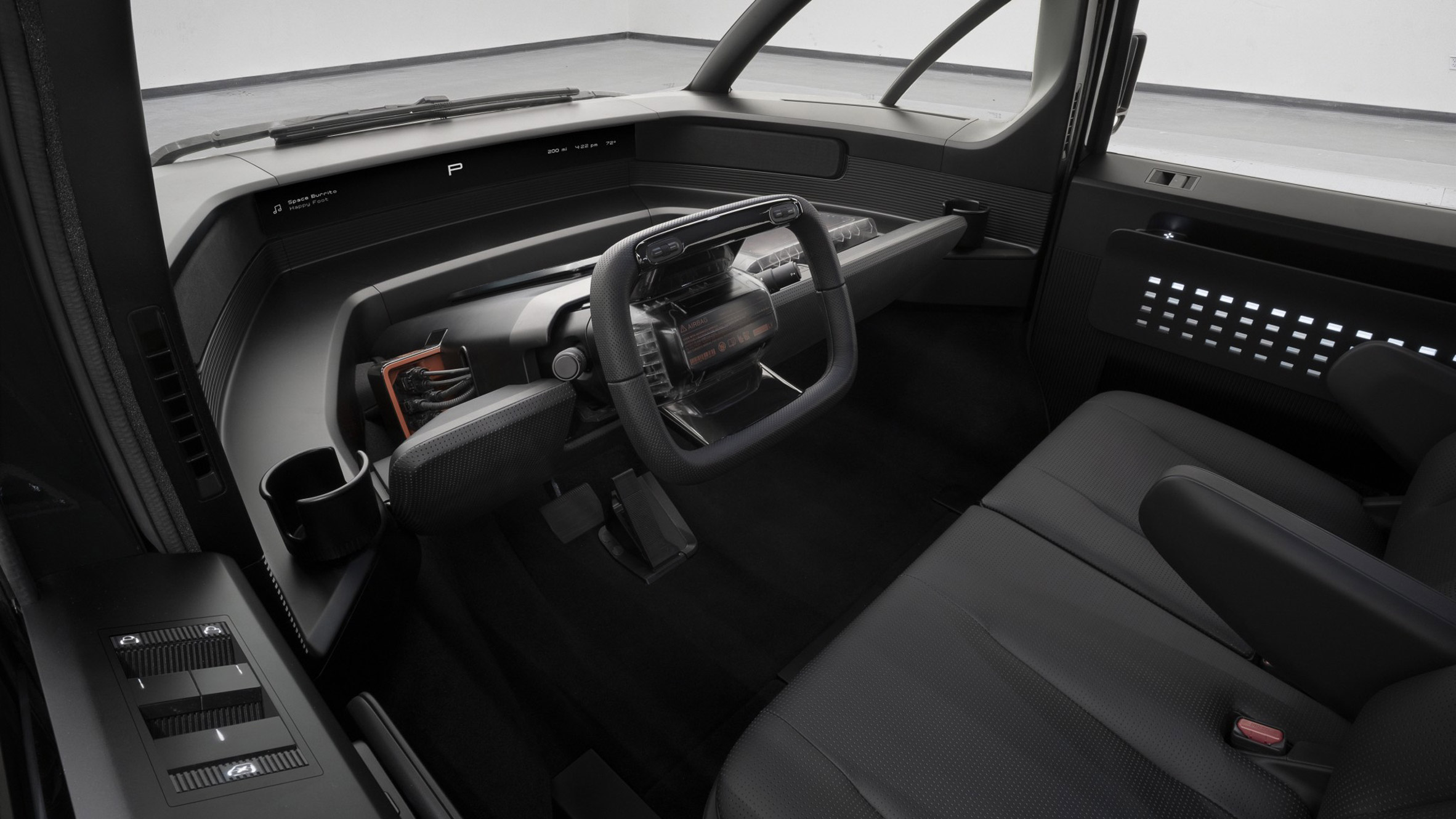 The cab combines environmentally conscious materials with transparent sections that show the vehicle's inner workings
The cab combines environmentally conscious materials with transparent sections that show the vehicle's inner workings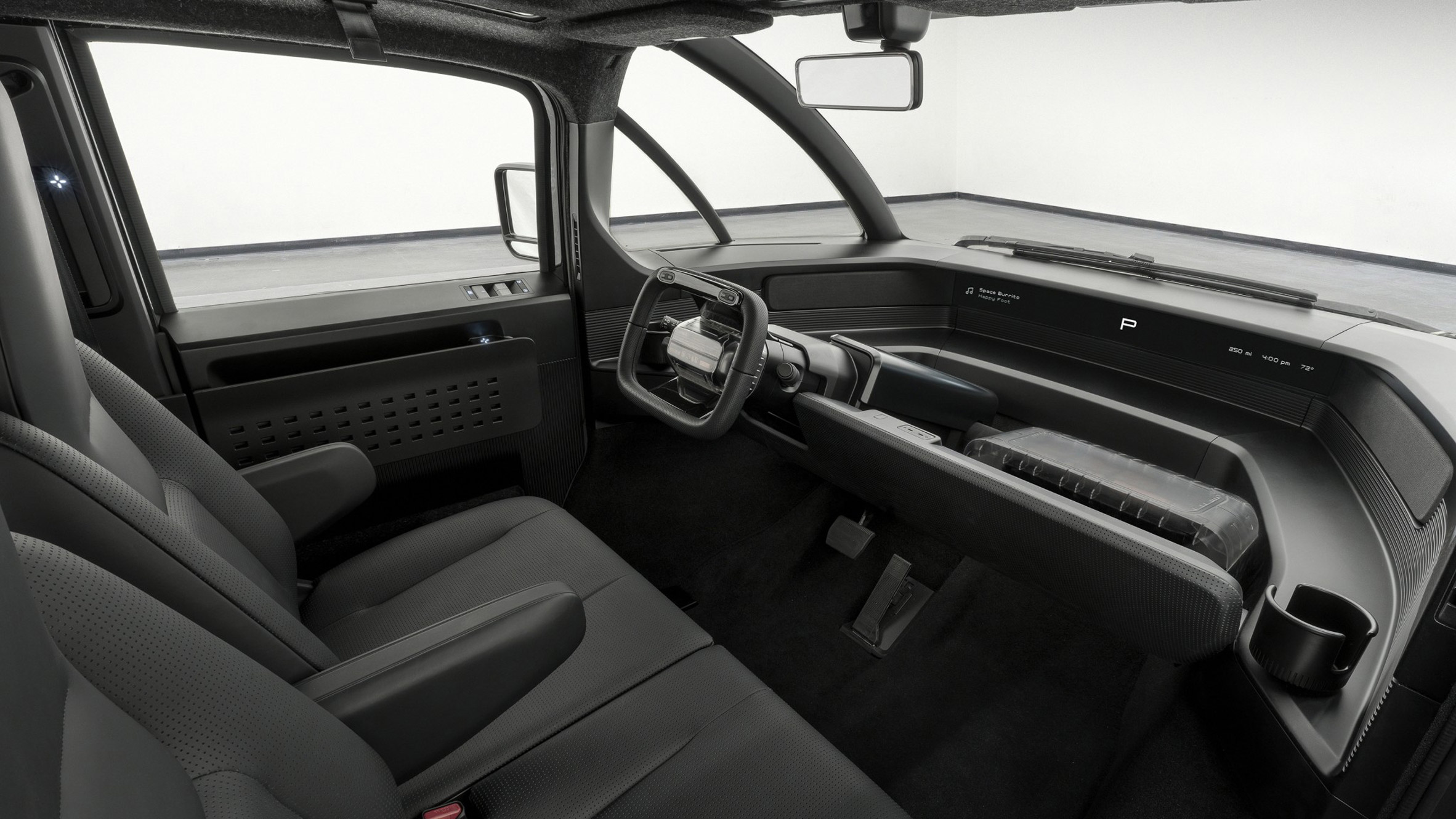 The cab provides good visibility for the driver
The cab provides good visibility for the driver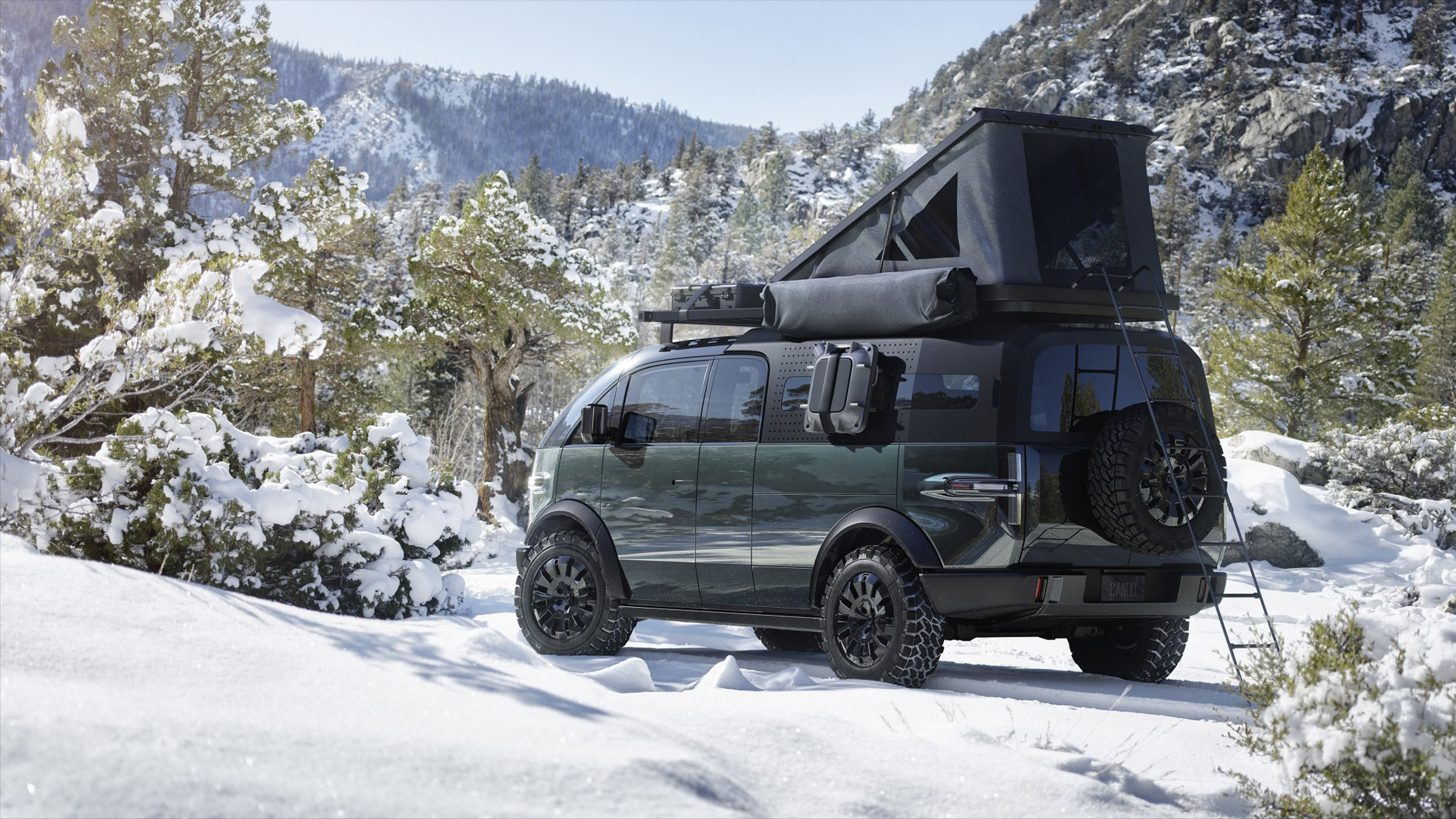 The Pickup is compatible with camper shells so it can be transformed into a mobile home
The Pickup is compatible with camper shells so it can be transformed into a mobile home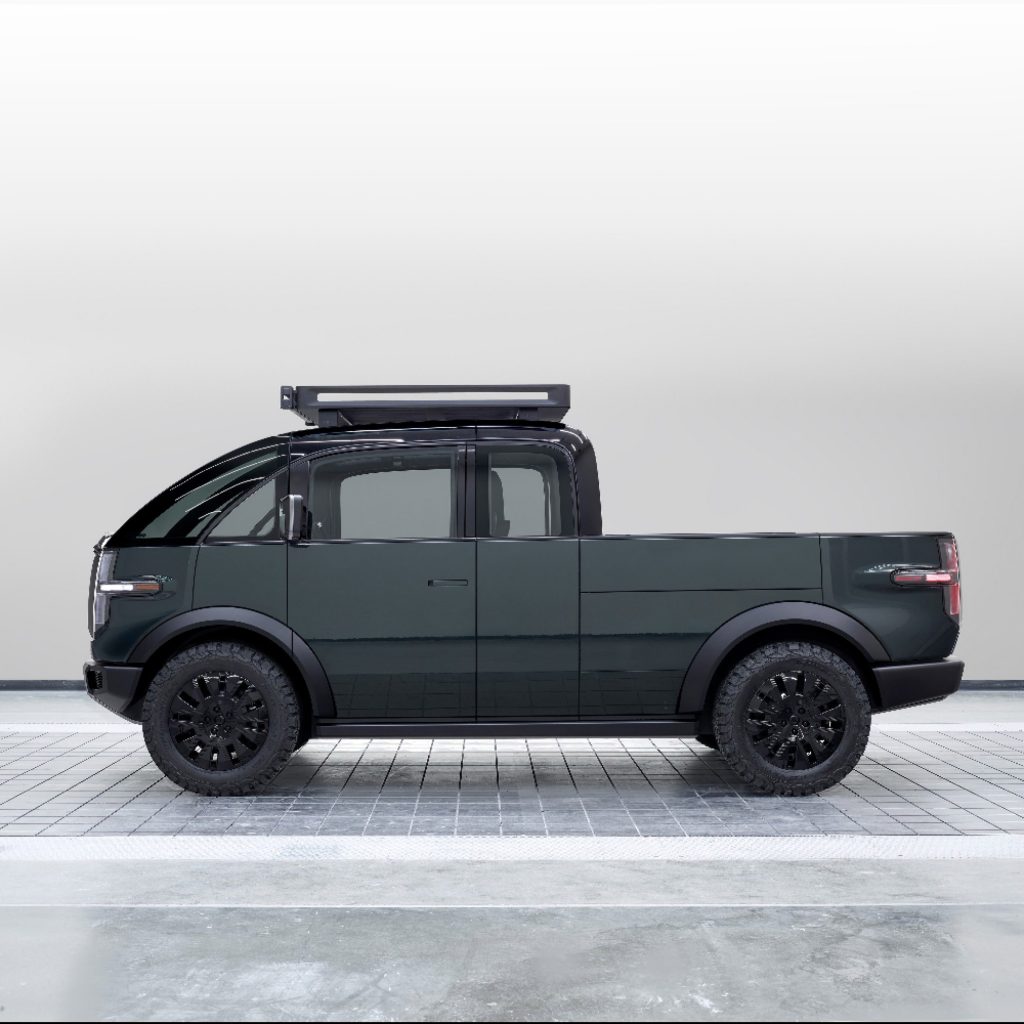
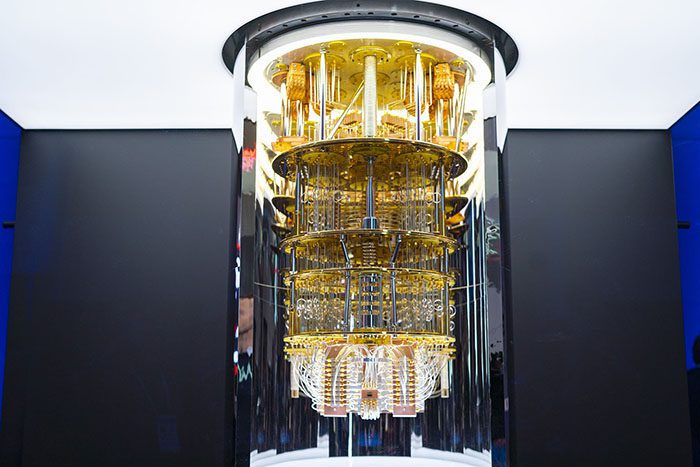
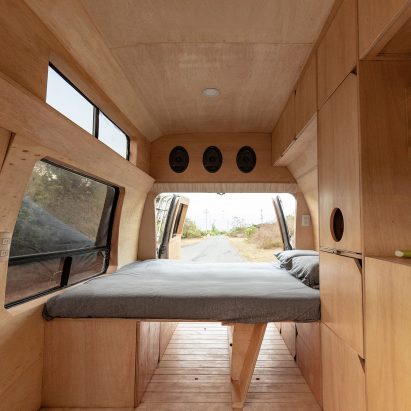
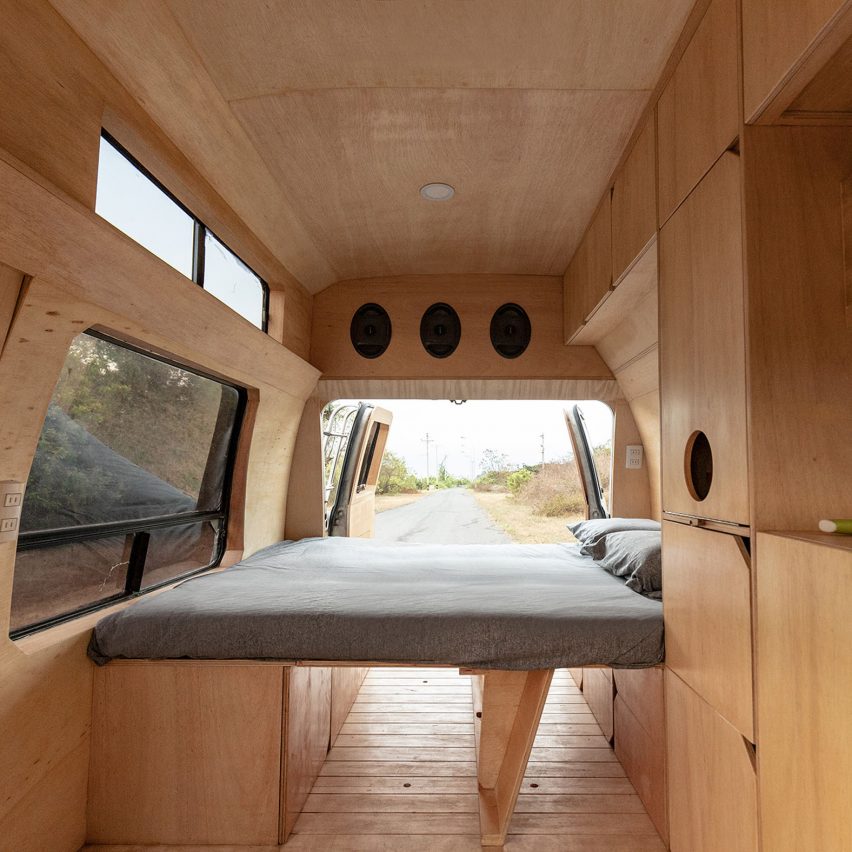
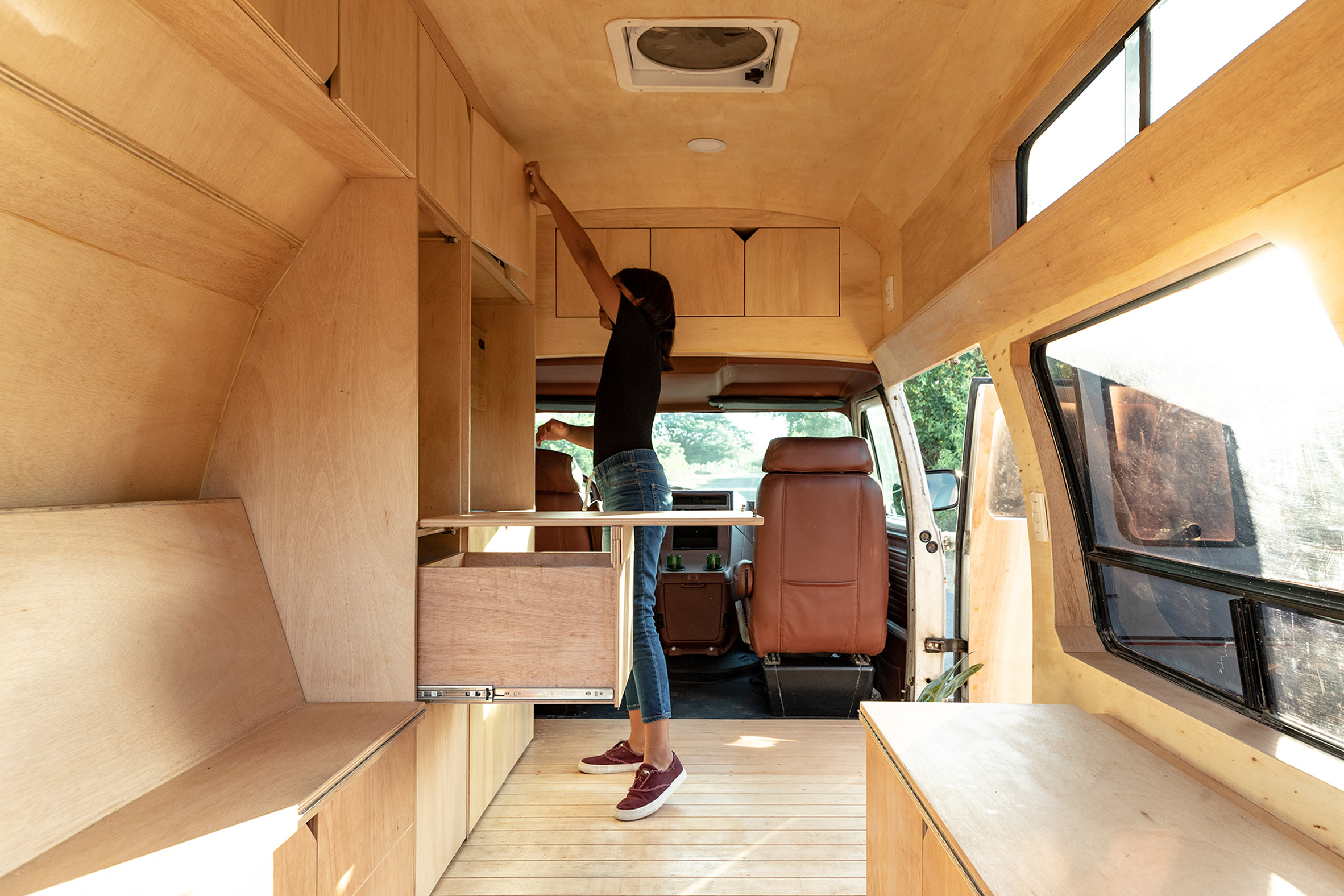 Architects Juan Alberto Andrade and María José Váscones have converted a van into a mini home
Architects Juan Alberto Andrade and María José Váscones have converted a van into a mini home The home includes a kitchenette, fold-up dining table and a place to sleep
The home includes a kitchenette, fold-up dining table and a place to sleep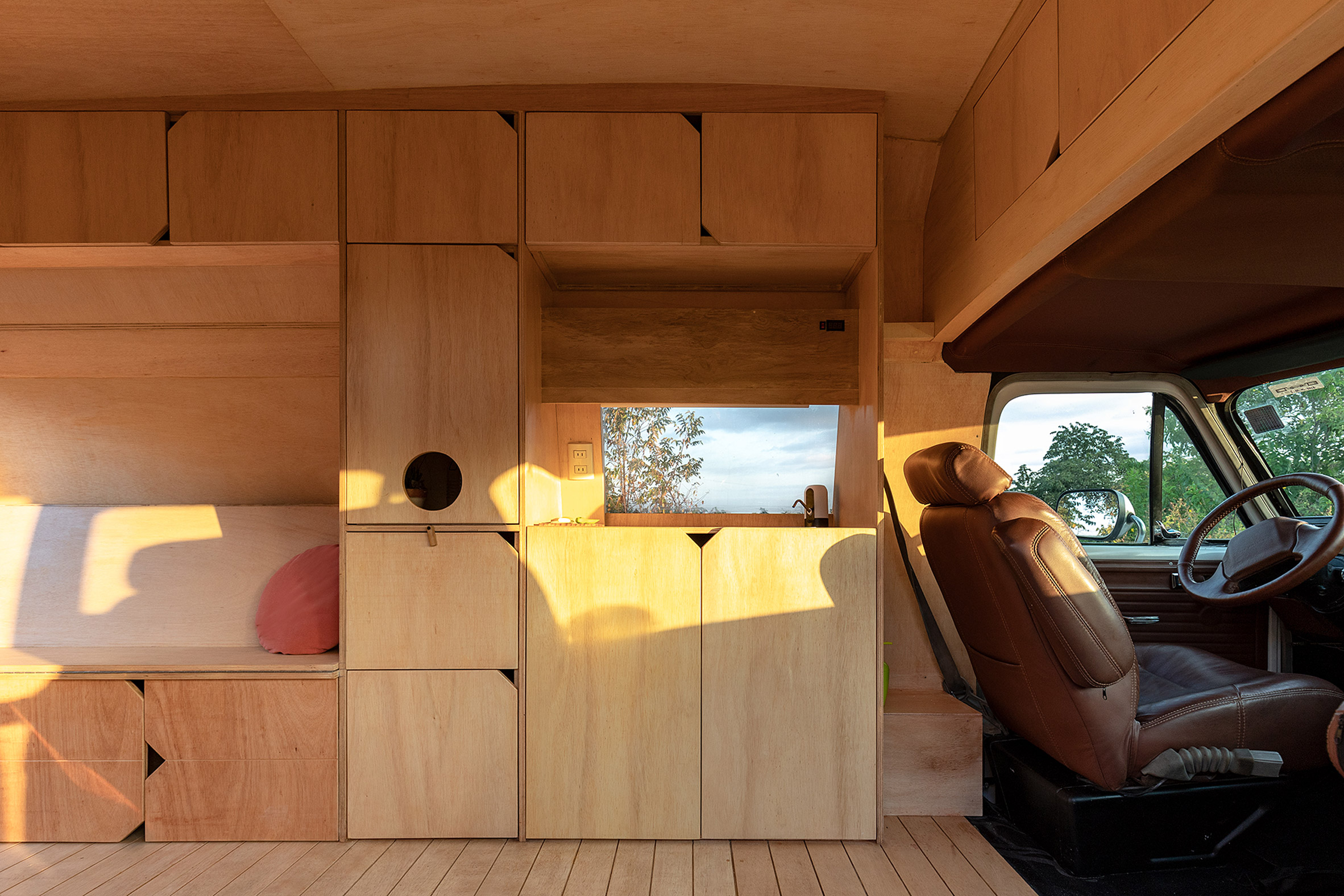 The architects had to create something that was able to adapt to everyday situations within the limited space
The architects had to create something that was able to adapt to everyday situations within the limited space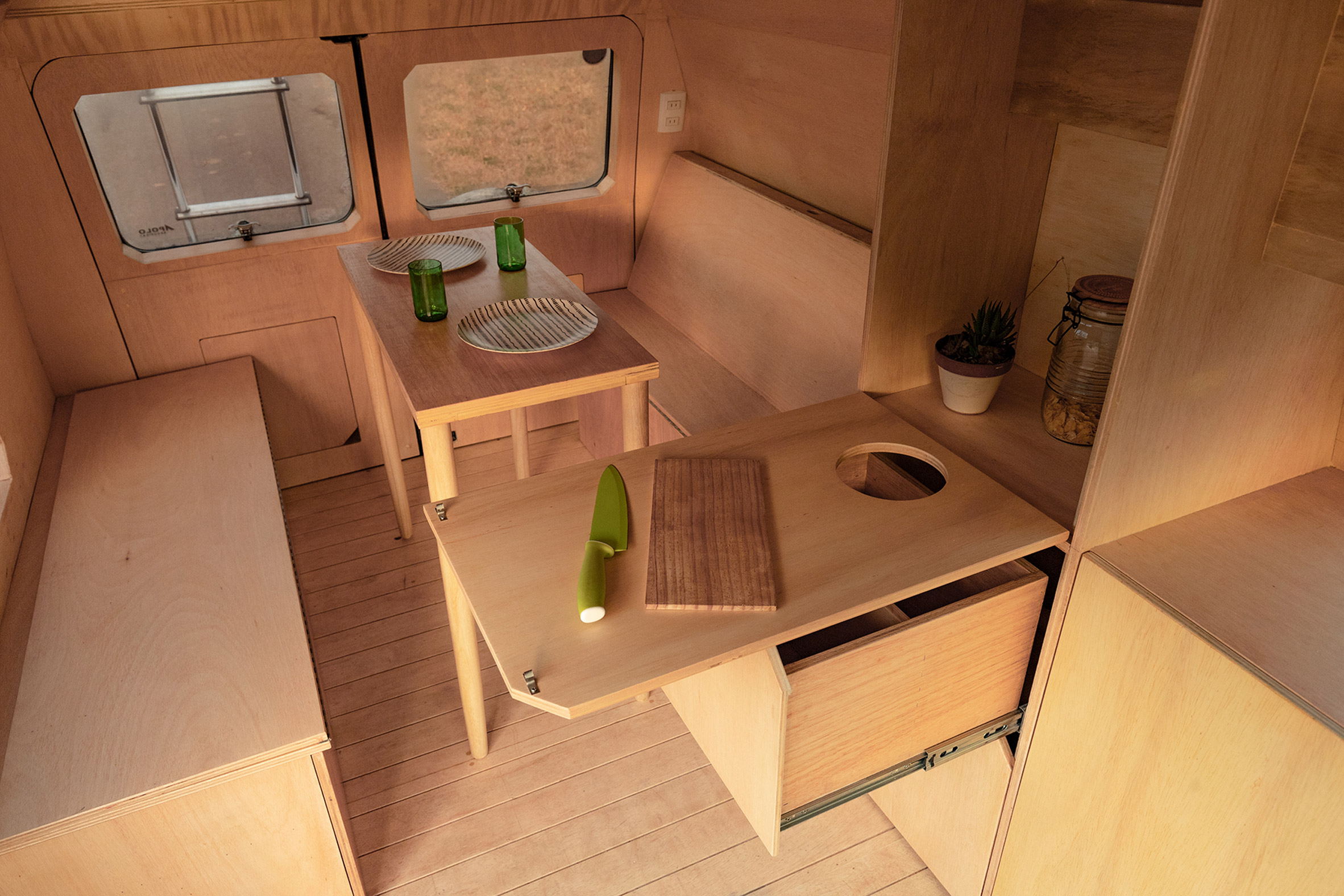 Cabinets open out and can be used to store kitchen utensils or act as countertops
Cabinets open out and can be used to store kitchen utensils or act as countertops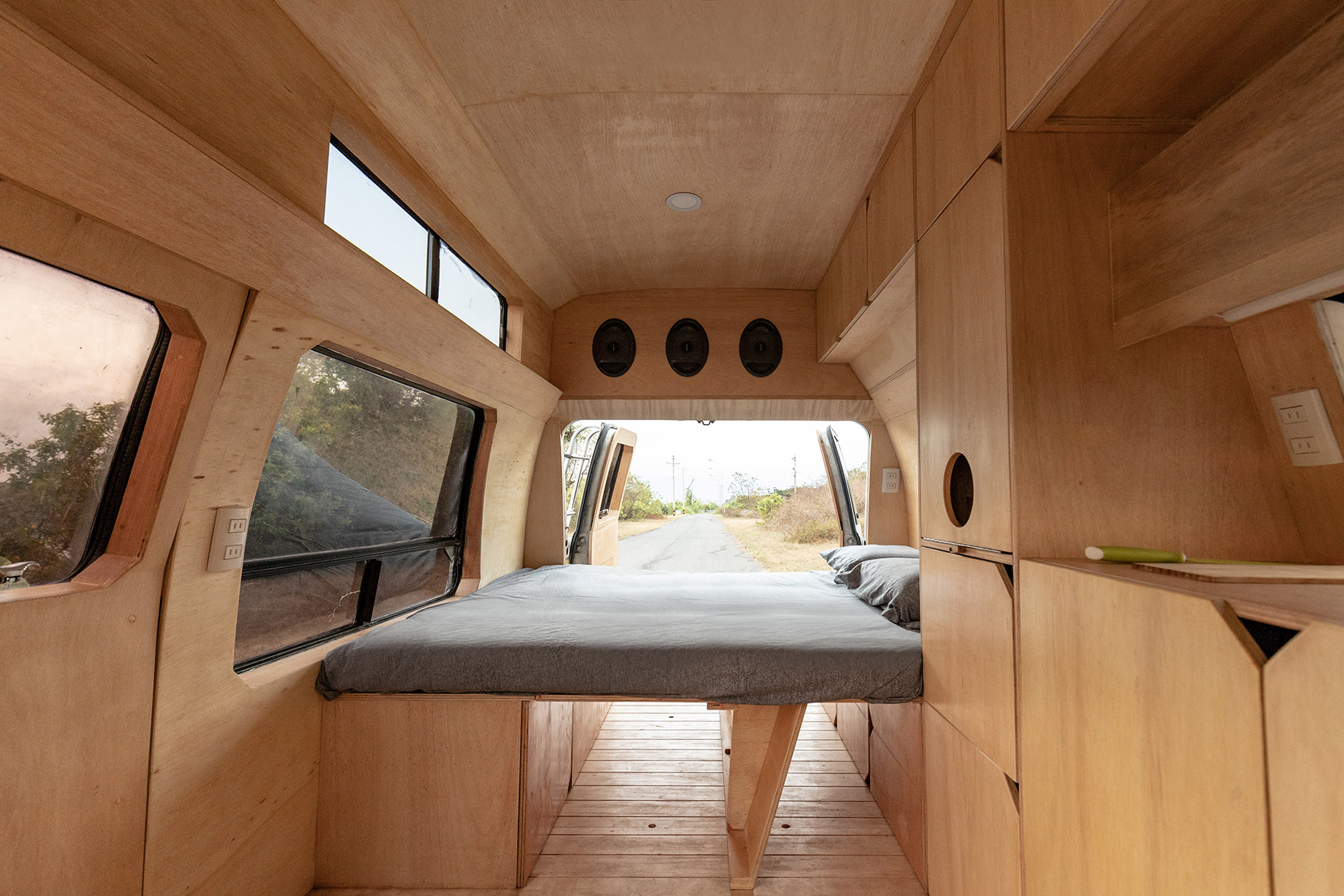 The mattress can be folded into three when not in use
The mattress can be folded into three when not in use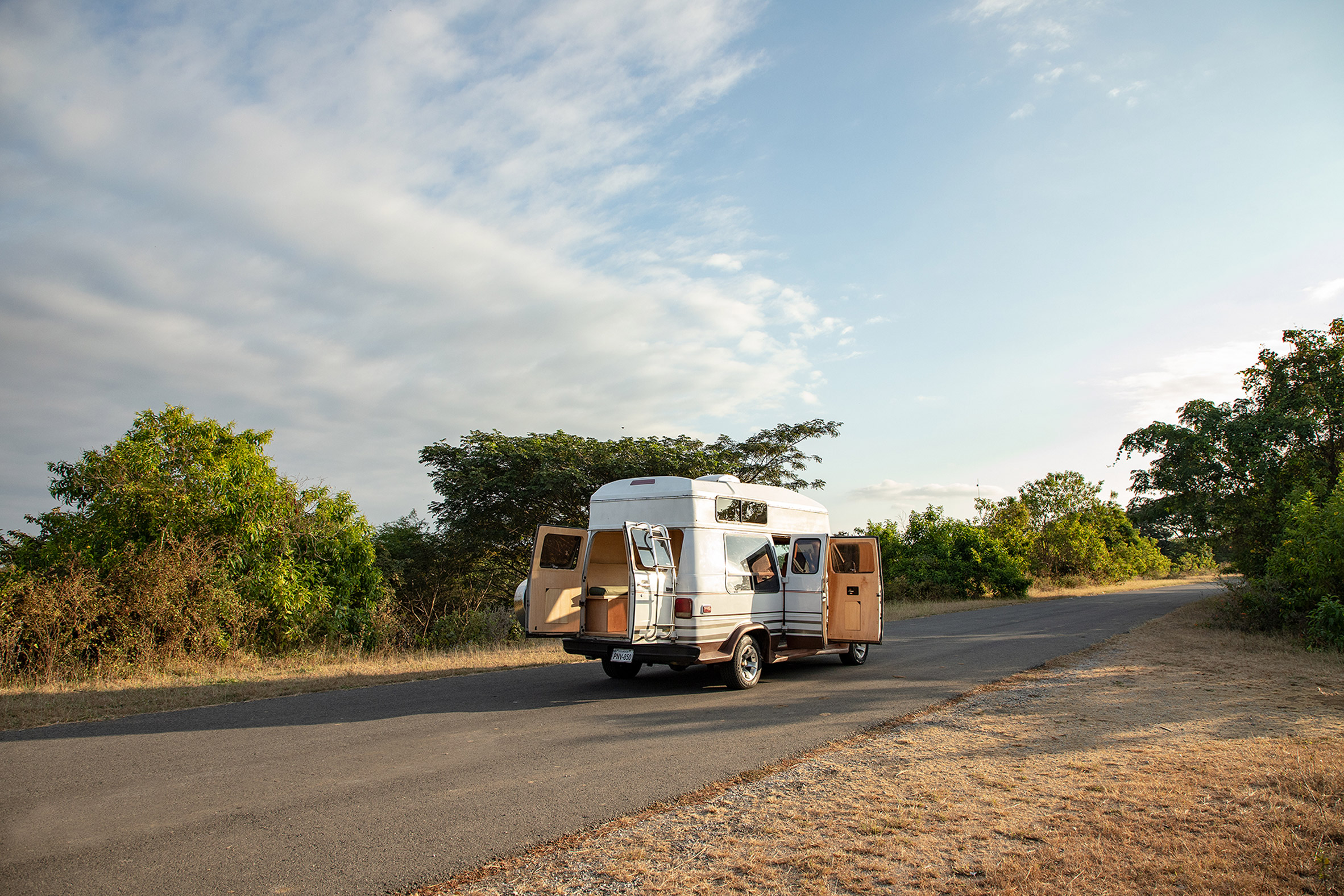 While the interior is lined with plywood, the exterior has been left largely untouched
While the interior is lined with plywood, the exterior has been left largely untouched
